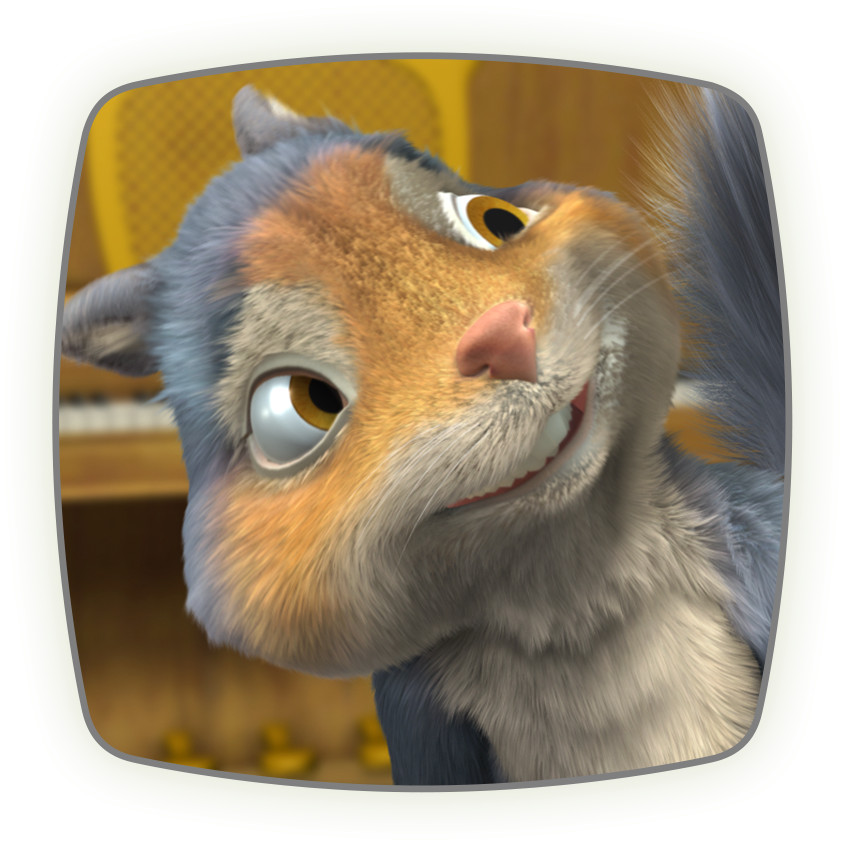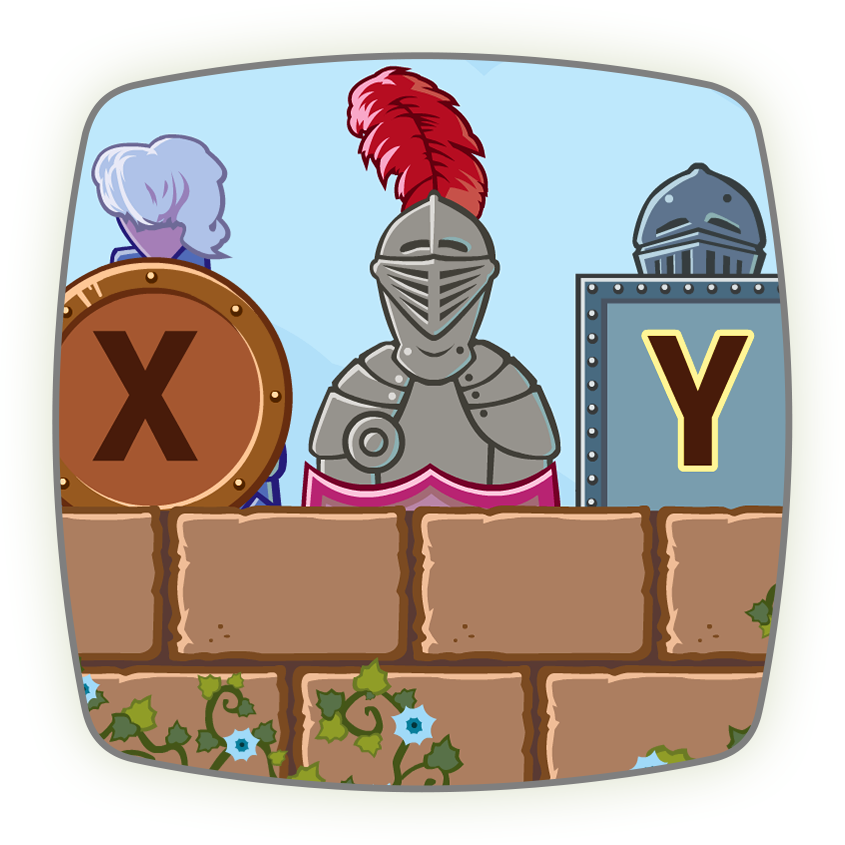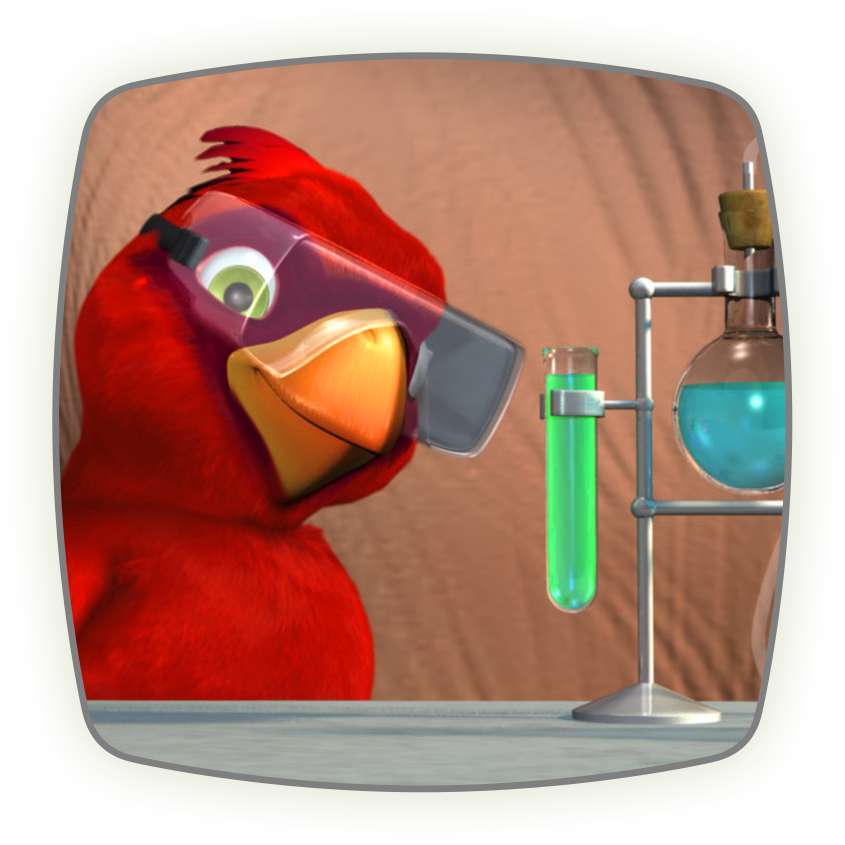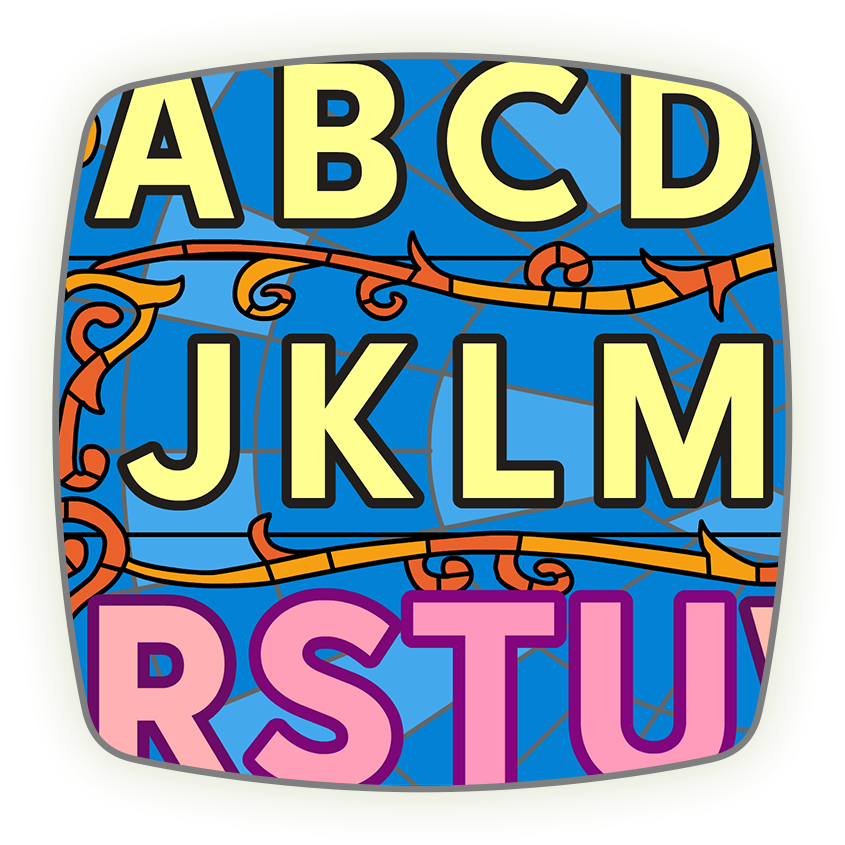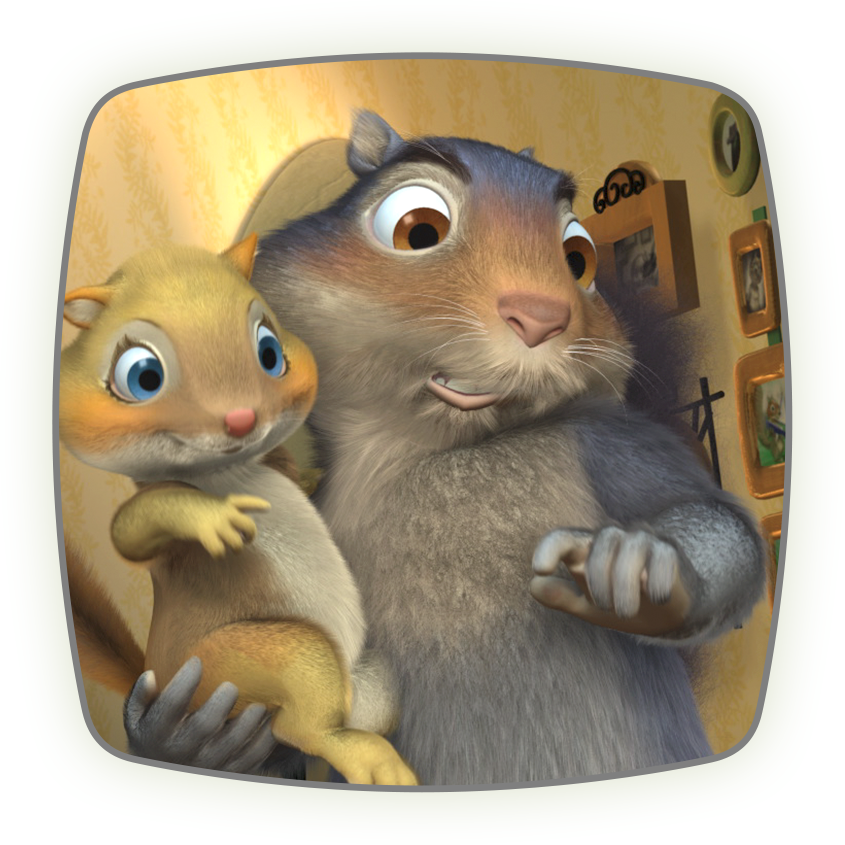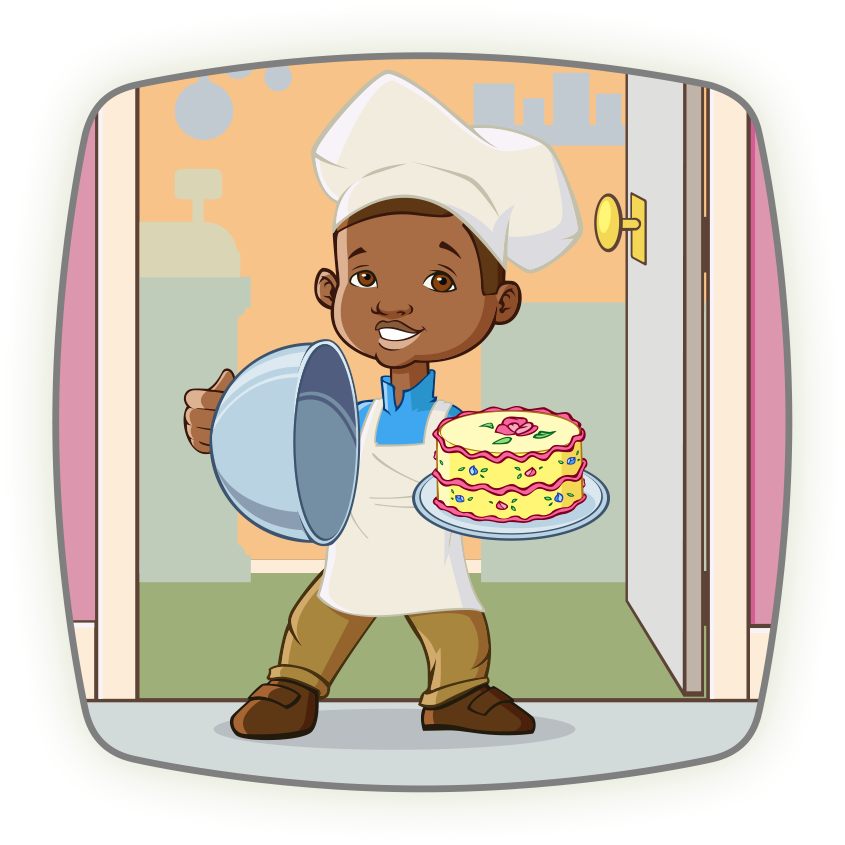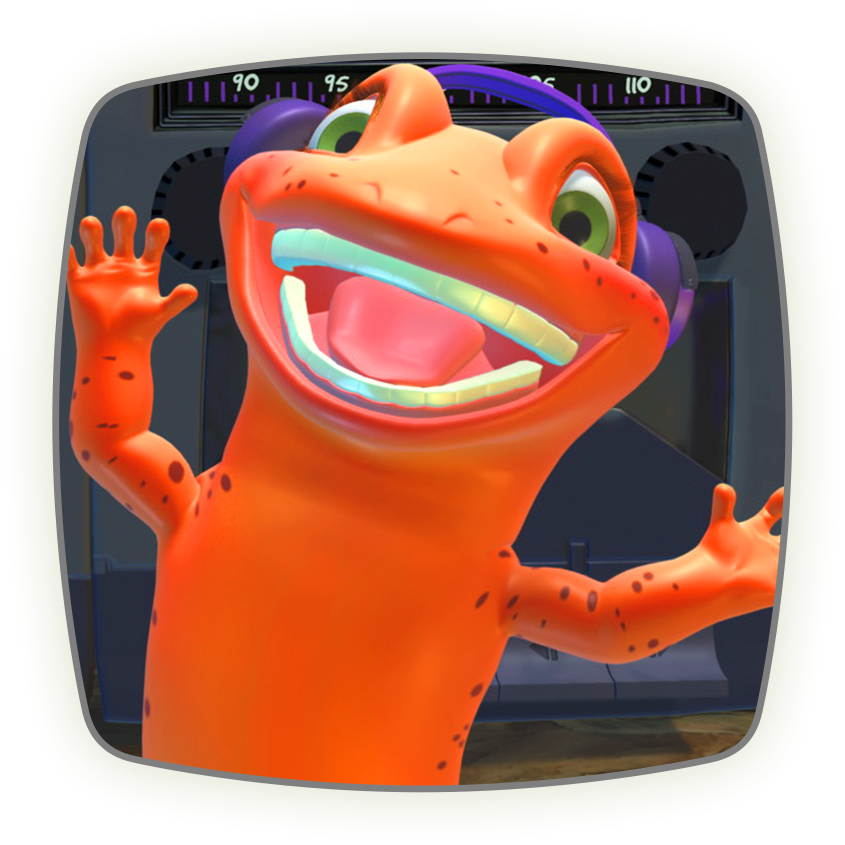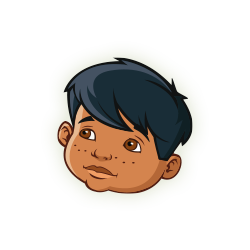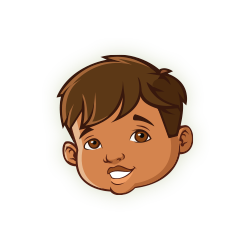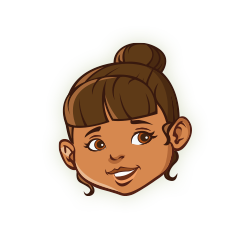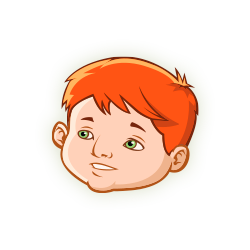Waterford’s Central Park
Waterford’s Central Park is an online adaptive learning program for 2- to 8-year-olds. Conceived as a subscription-based, at-home product with a complete curriculum of English language arts, math, science, and social skills (character education modeling), new content becomes accessible on a monthly basis.
Roles: Product/Design Director · Creative Director · Producer

With a nod to the actual park, the primary product logo was designed for online and offline applications and is scalable and reversible.
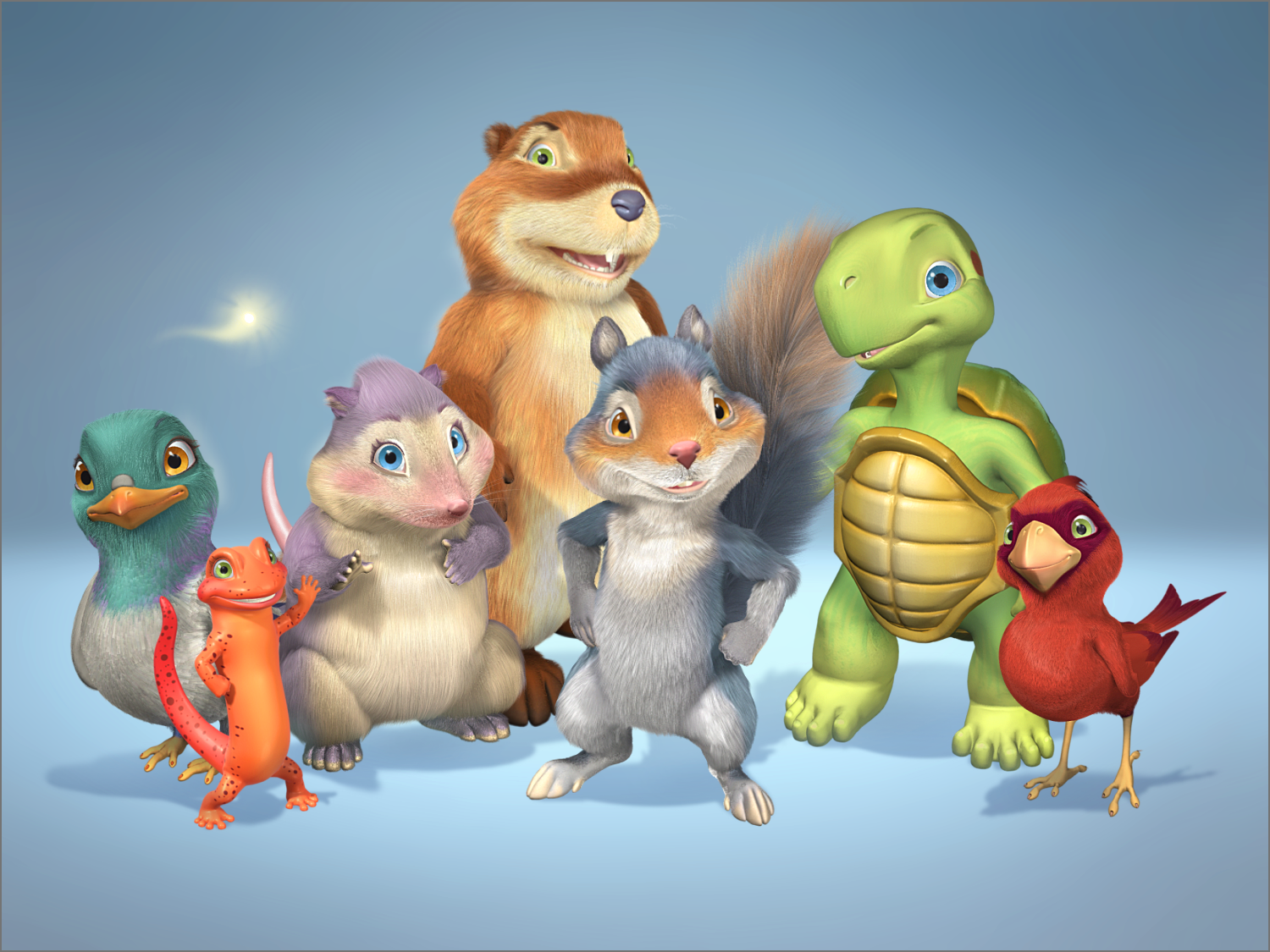
Squirrel and his friends — Pigeon, Firefly, Salamander, Possum, Marmot, Turtle, and Cardinal — host the child’s adventures.
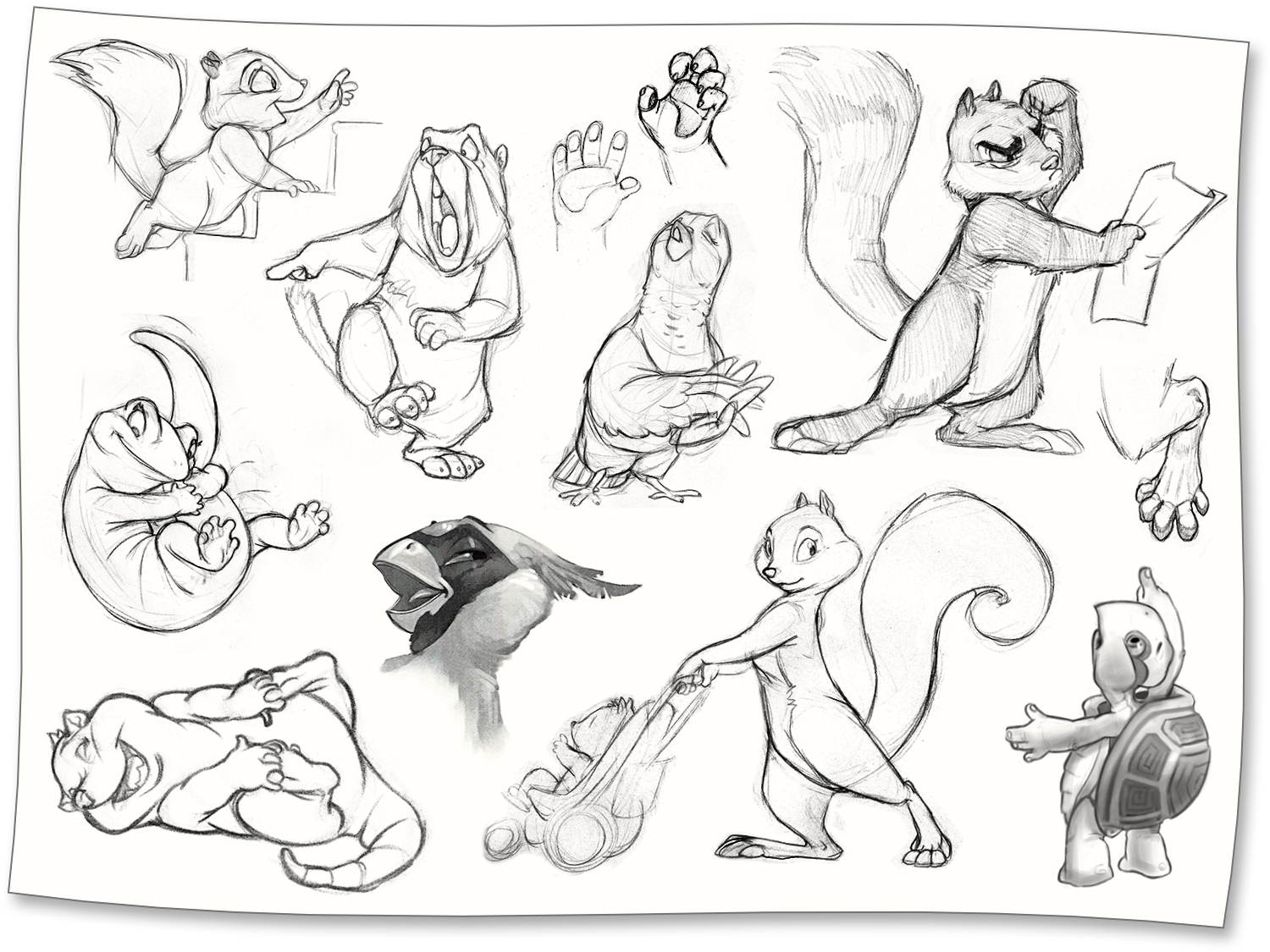
Examples of early character design sketches of the eleven primary characters, including Squirrel’s family: Mama, Papa, and Baby Squirrel.
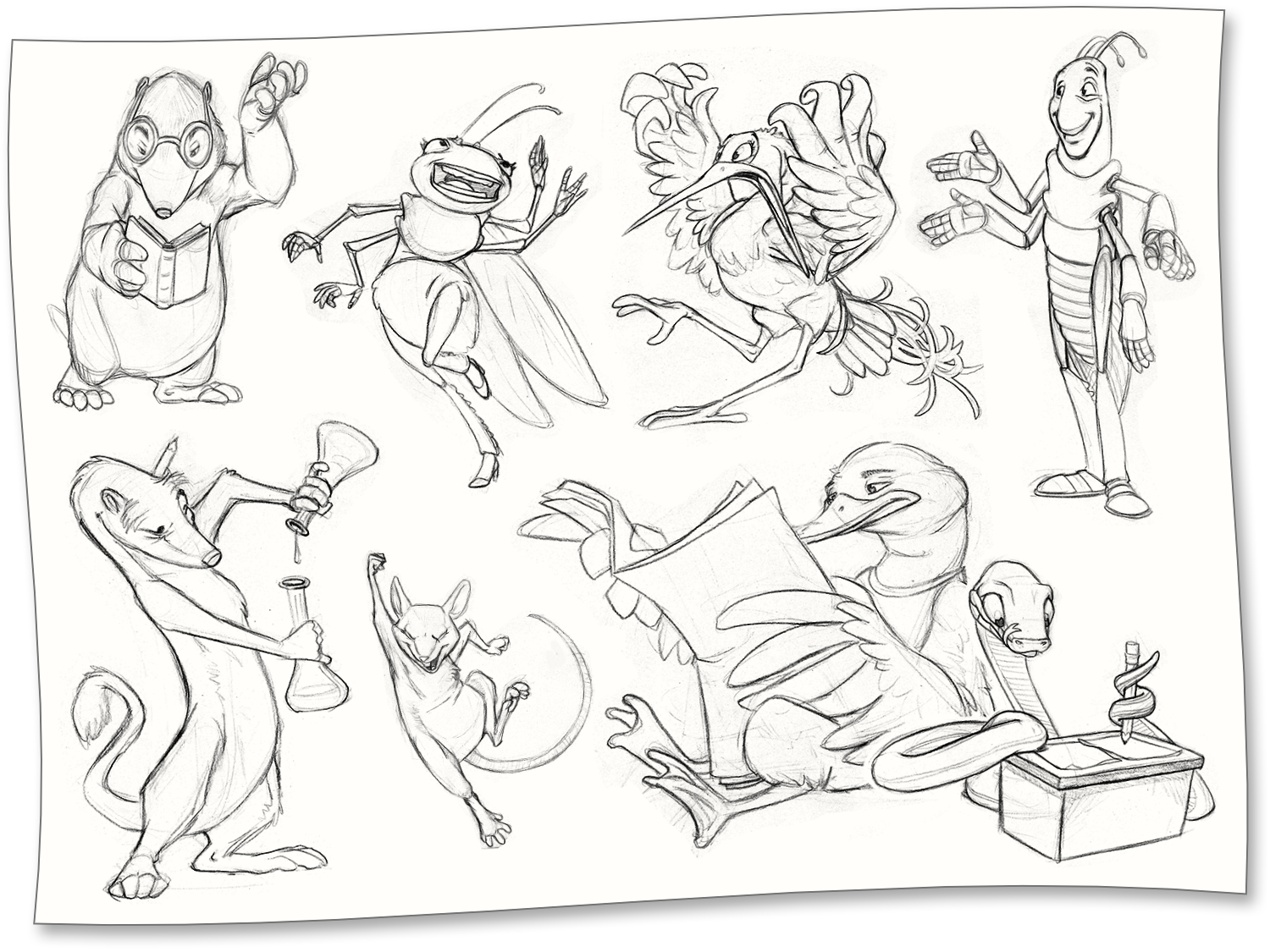
Examples of early character design sketches of the 20+ secondary characters, including: Mr. Mole, Katydid, Mrs. Egret, and Mr. Mallard.
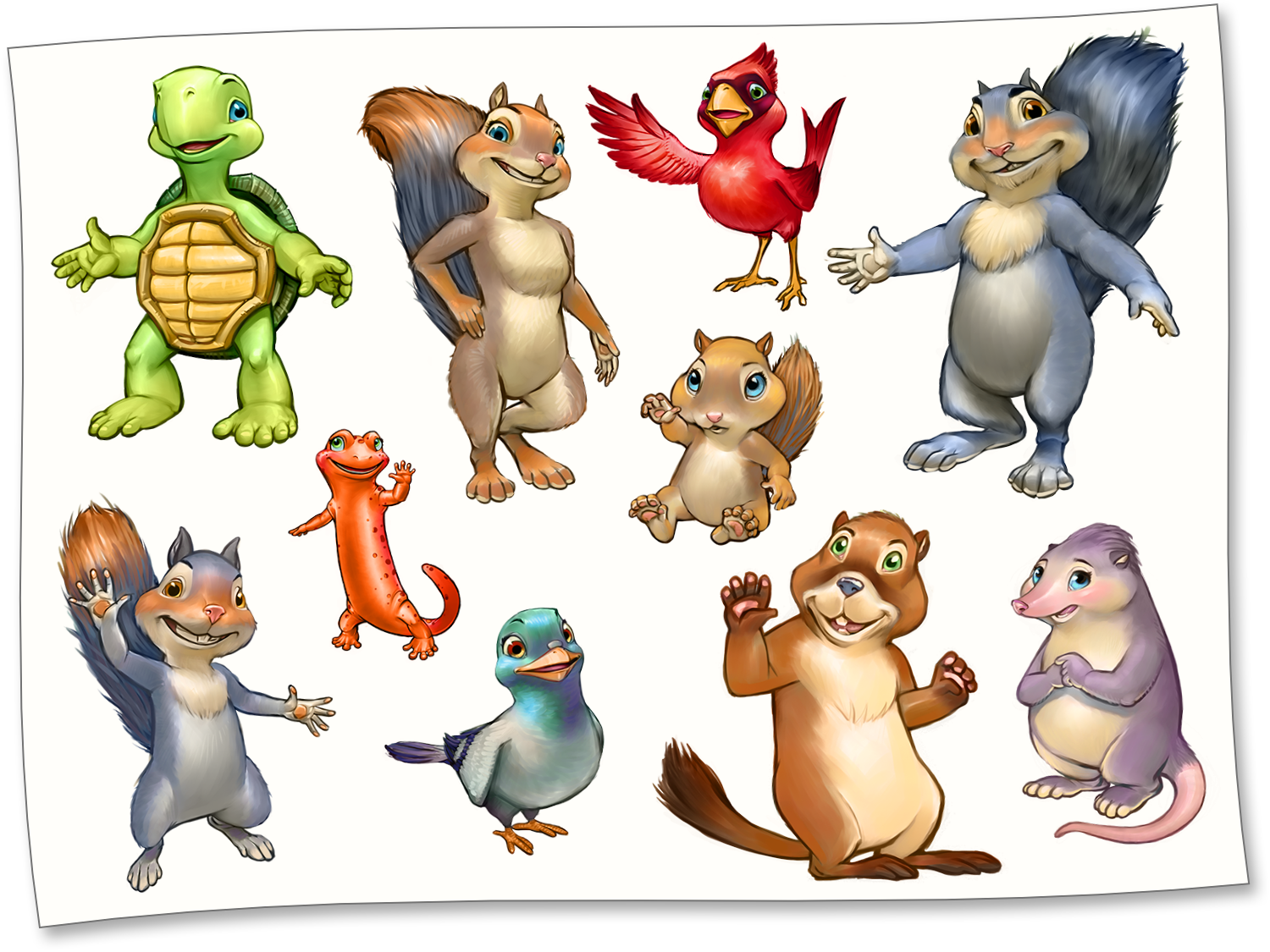
Examples of character color studies. Once a character’s design is determined, color study sketches are created to flesh out look & feel.
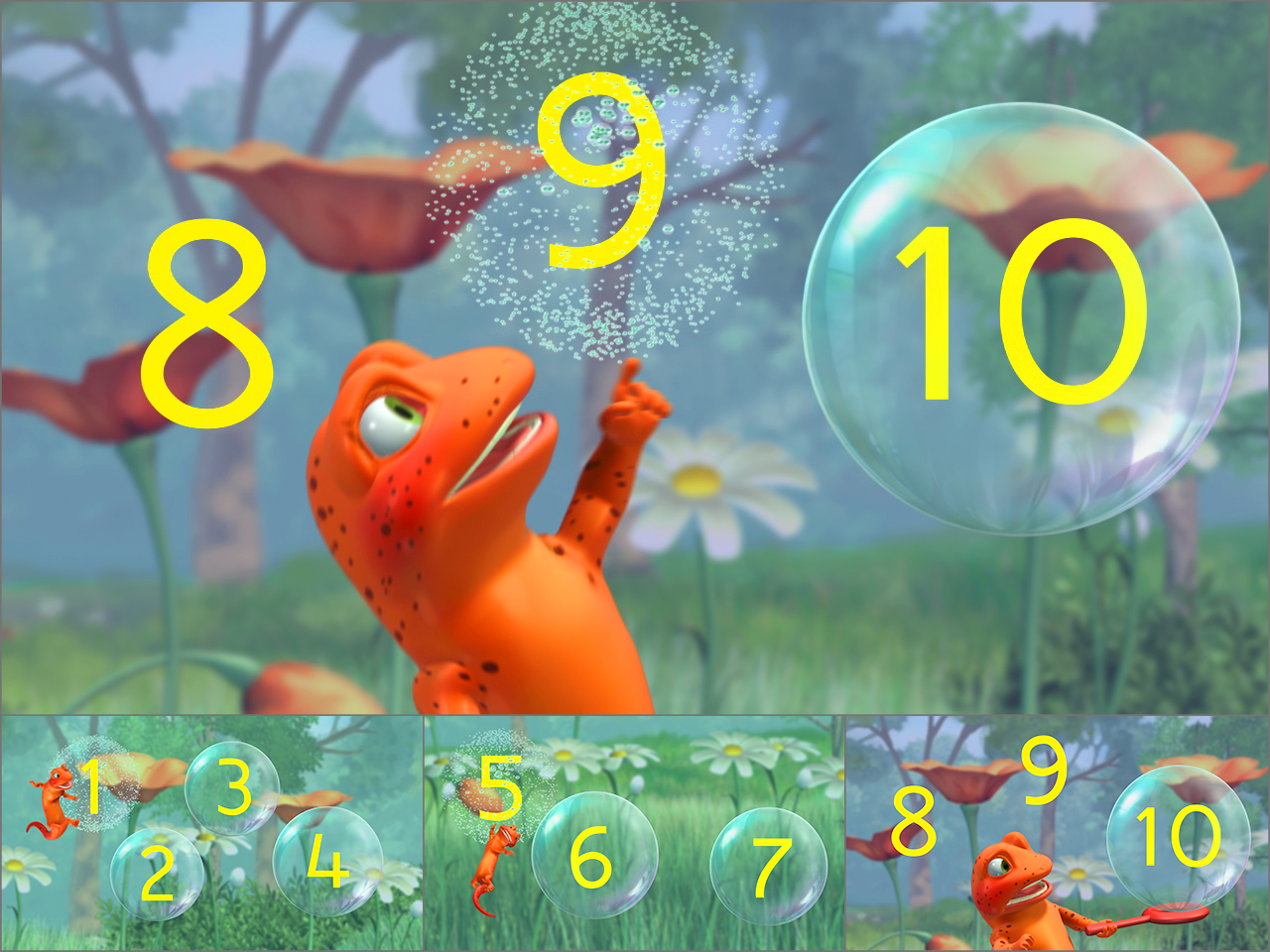
Stills from Salamander’s Bubble Counting Song. Salamander, one of Squirrel’s friends, blows, pops, and counts bubbles up to 10.
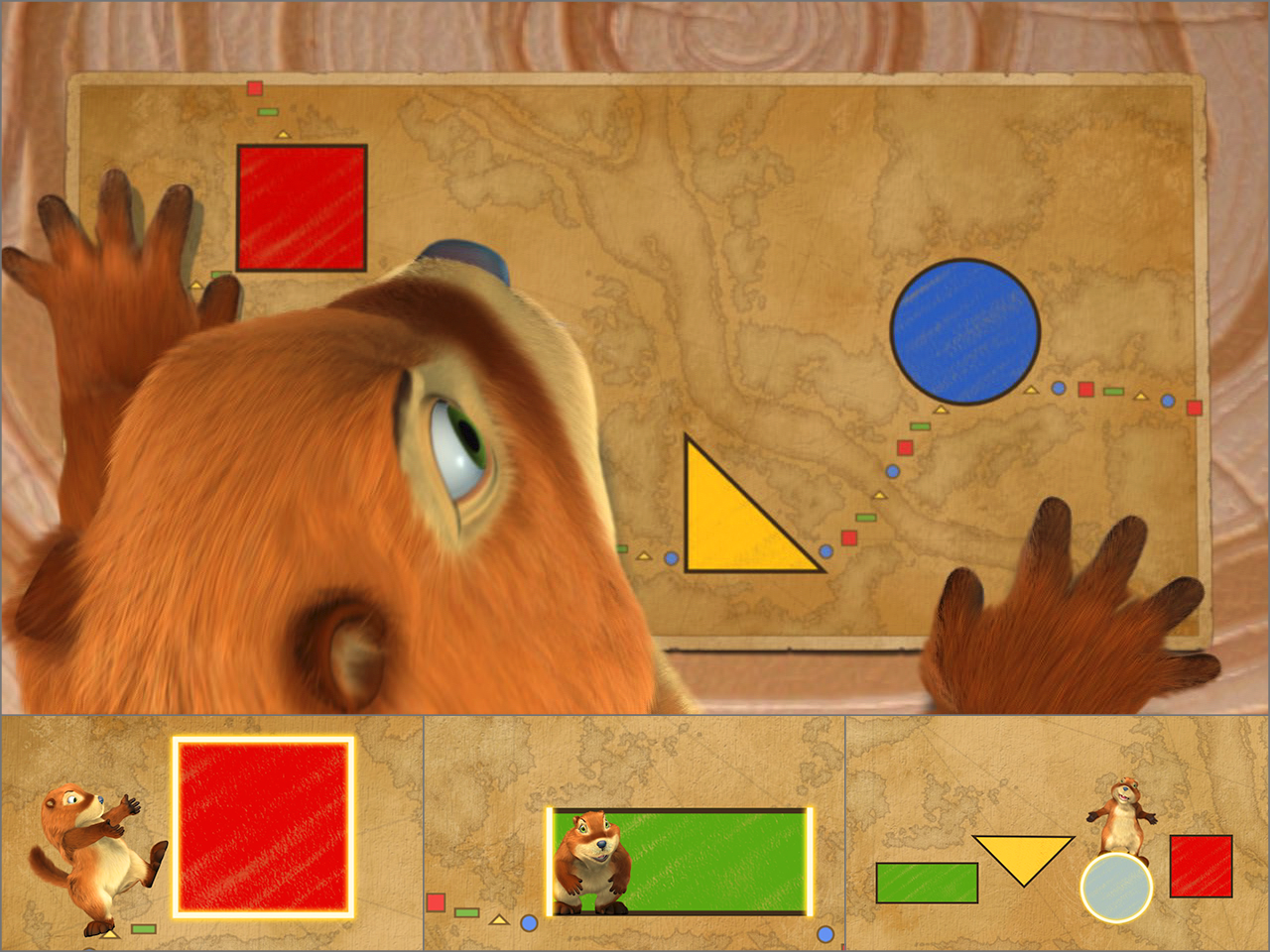
Stills from Marmot’s Map Shapes Song. Marmot is Squirrel’s best friend. In this song, he describes some basic shapes.
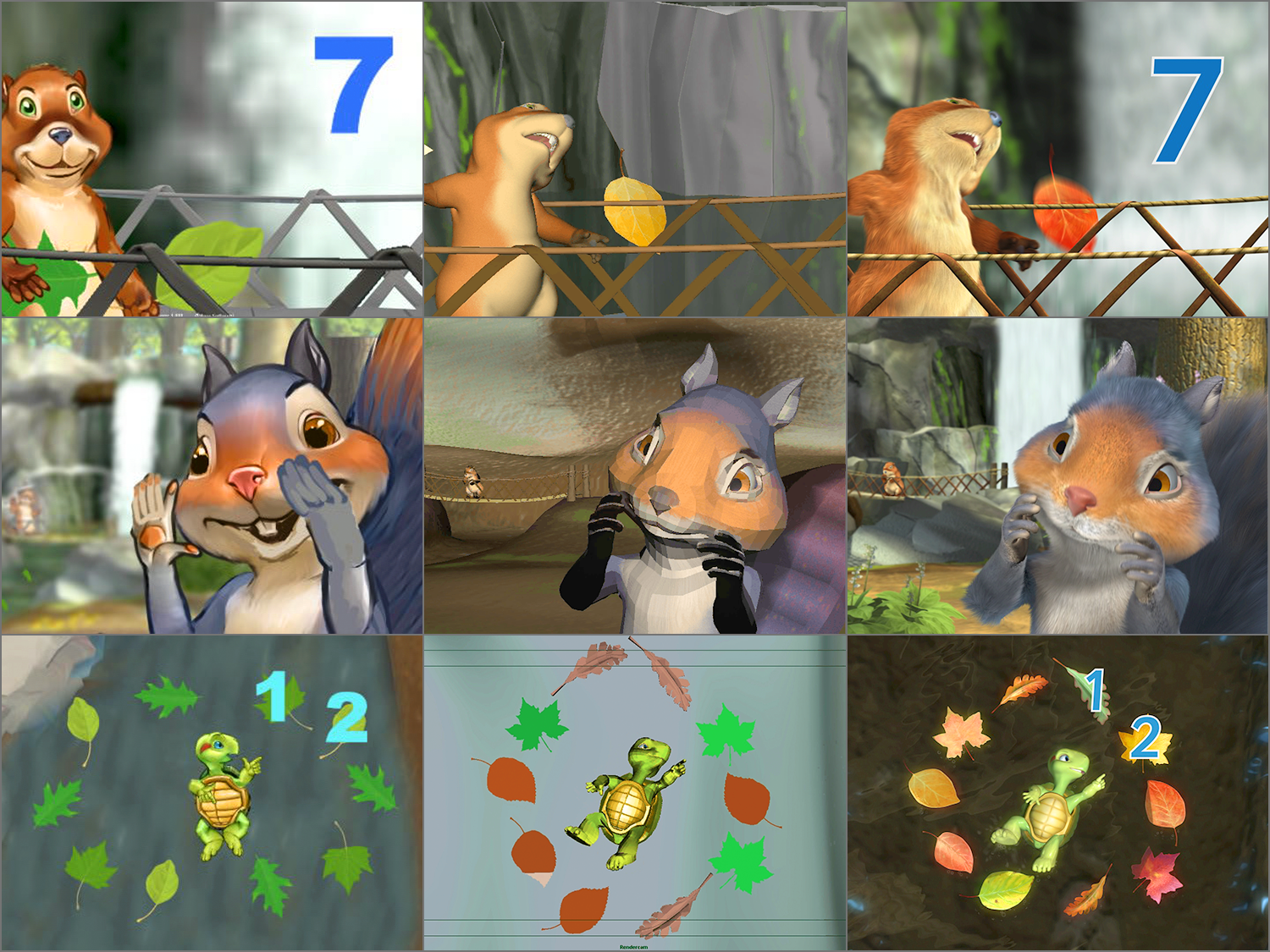
Animatic and rendered stills from Marmot and Turtle’s Leaf Counting Song. Sketches for the animatic are synced to an audio track.
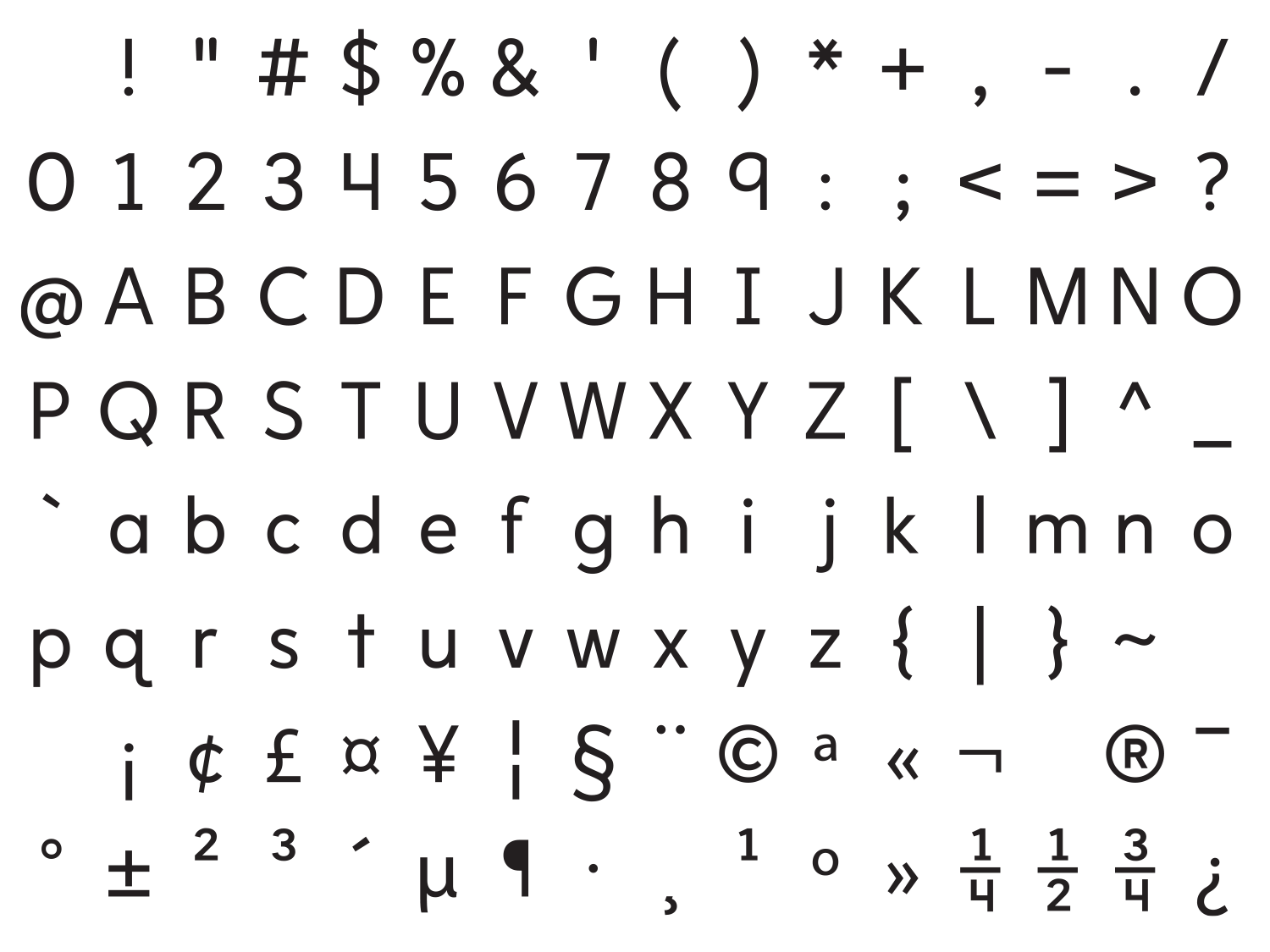
This ball-and-stick font was developed to closely align with how children typically learn to print letters and numbers.

Stills from Squirrel’s Finger Paint ABCs Song. Using the Waterford font, Squirrel demonstrates how to print capital letters.
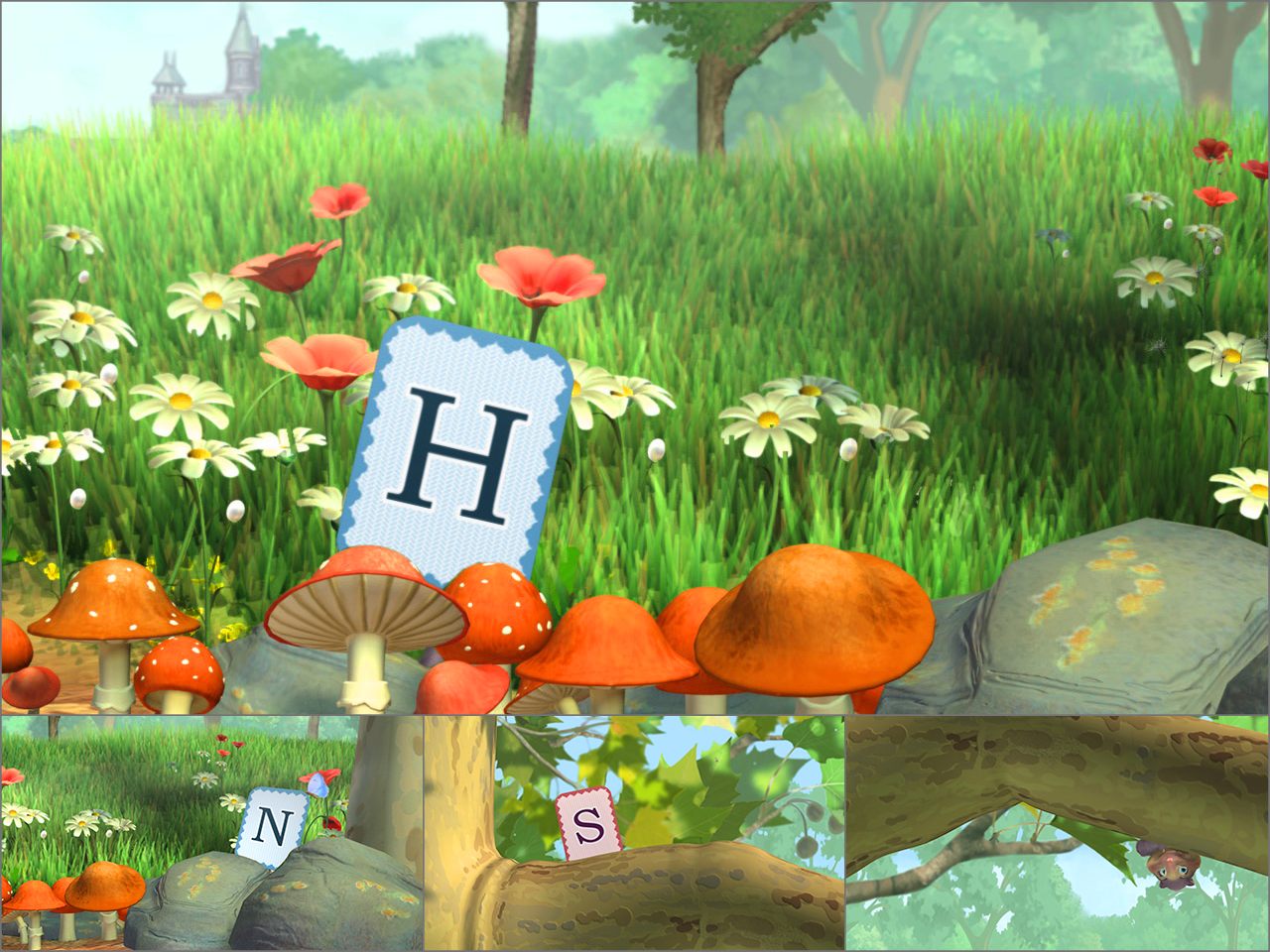
Stills from Possum’s Pop-up ABCs Song. Possum, one of Squirrel’s friends, presents the ABCs in her shy, but giggly, manor.

Animatic and rendered stills from Pigeon’s Strut ABCs Song. The final version includes lighting, pigeon’s feathers, and motion blur.
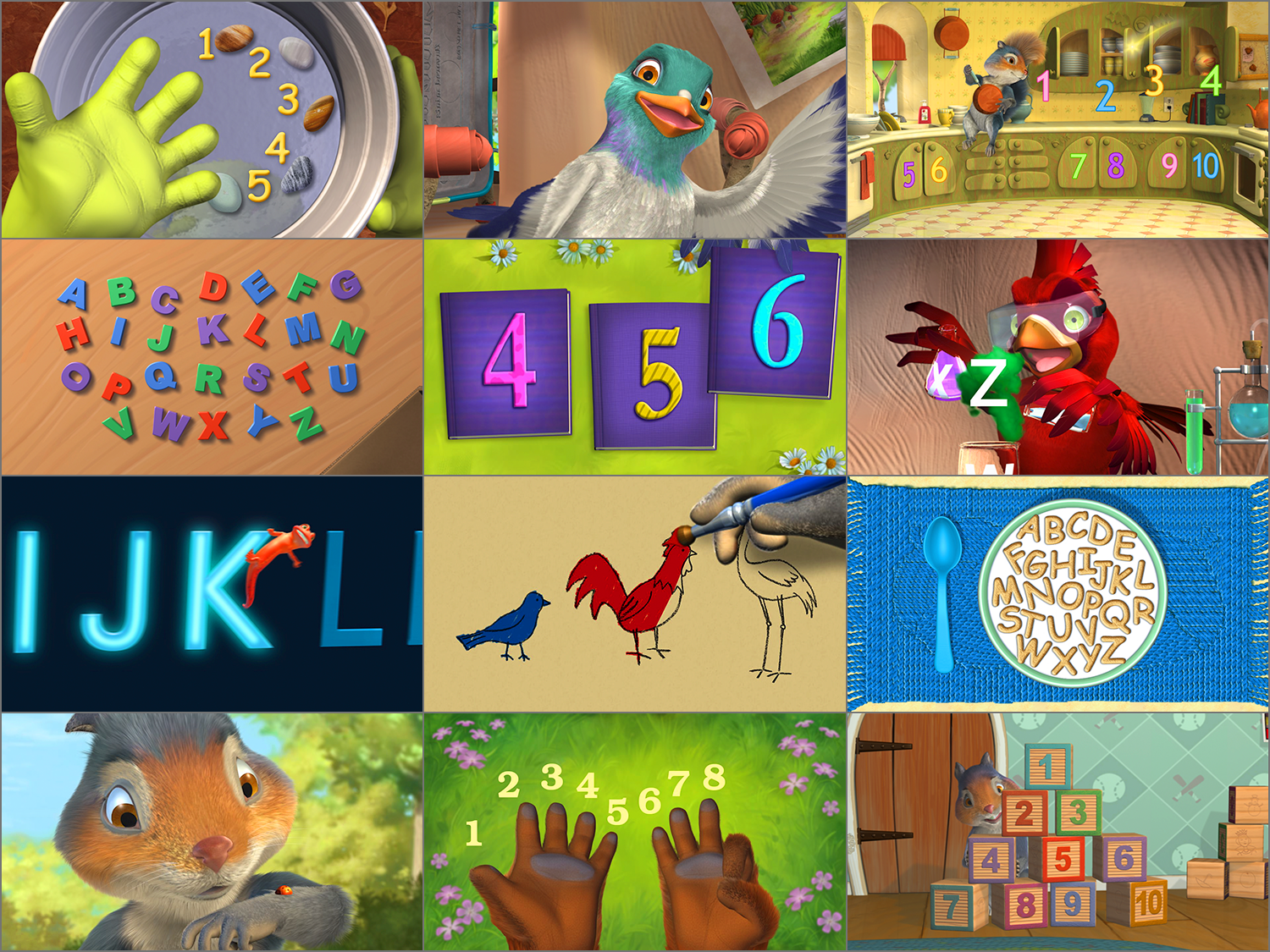
Stills from several counting and ABCs songs. Exposure to counting to 10 and capital letters are learning objectives in Level 2 (age 3).
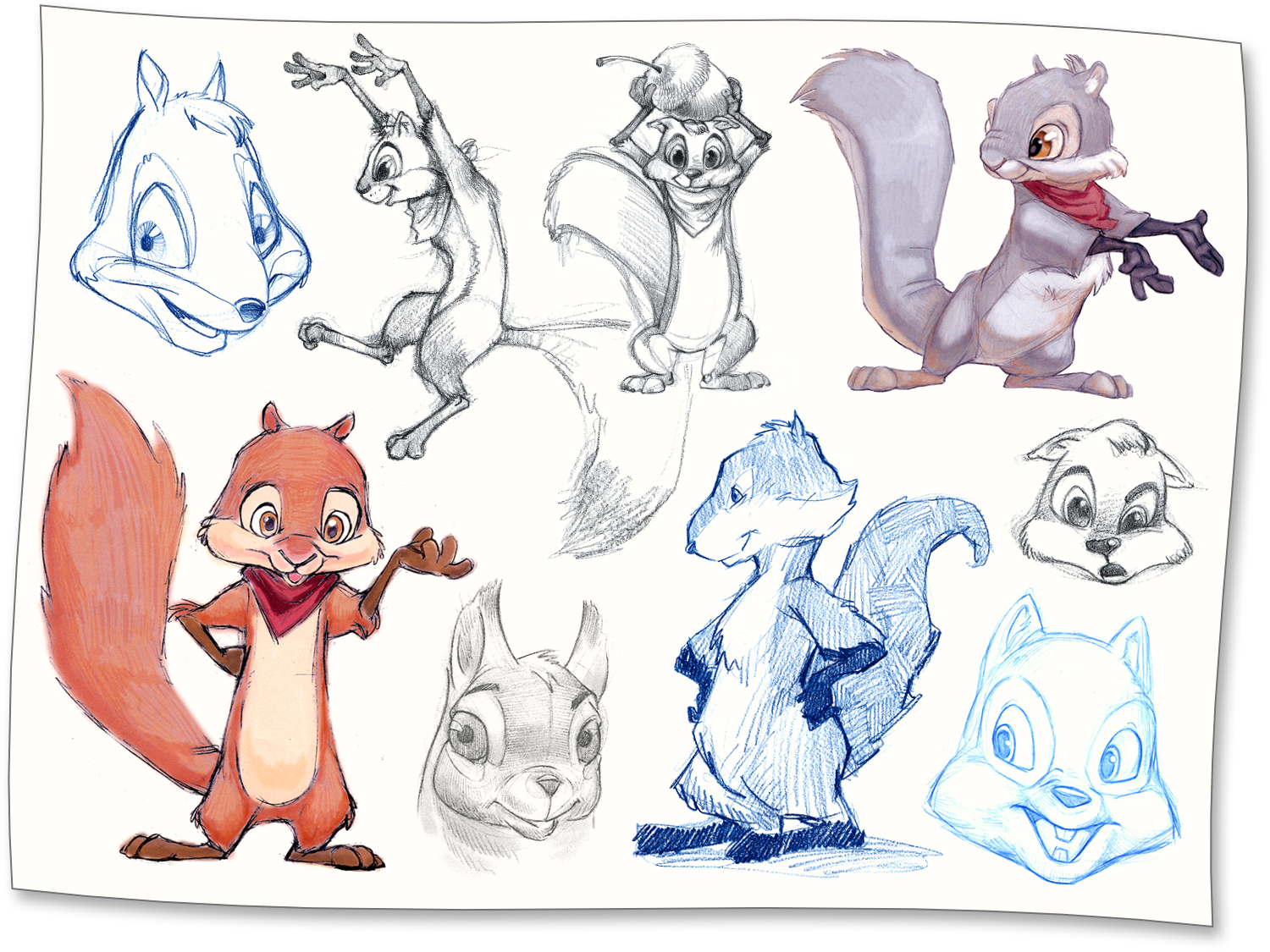
Early character design sketches of the main host, Squirrel, show the investigation of personality, expression, and overall look & feel.
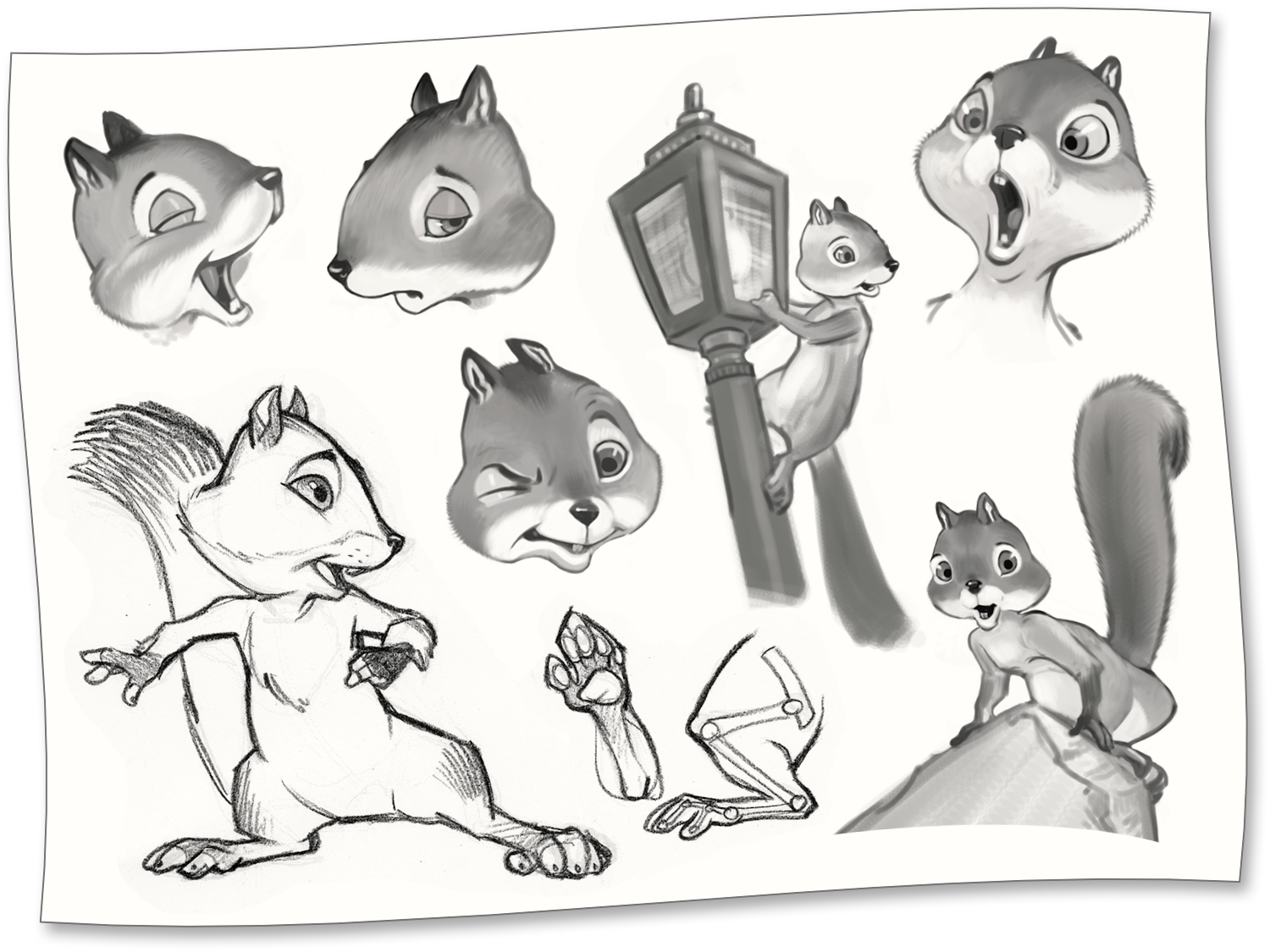
Once Squirrel’s basic design was determined, additional sketches were drawn to establish poses, movements, and facial expressions.
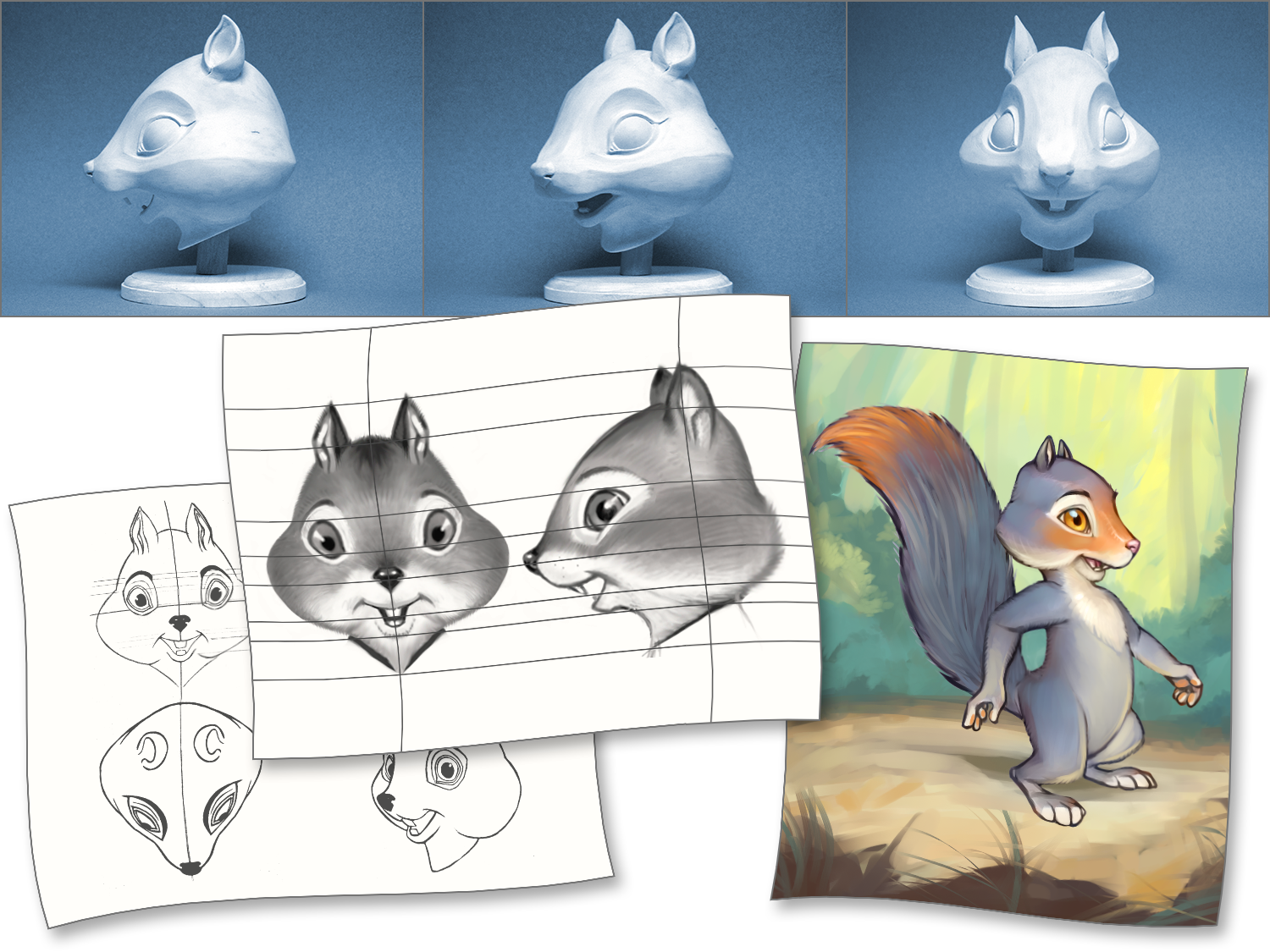
Character head maquette, model sheets, and color study for Squirrel, which were used to develop the 3D model and texture maps.
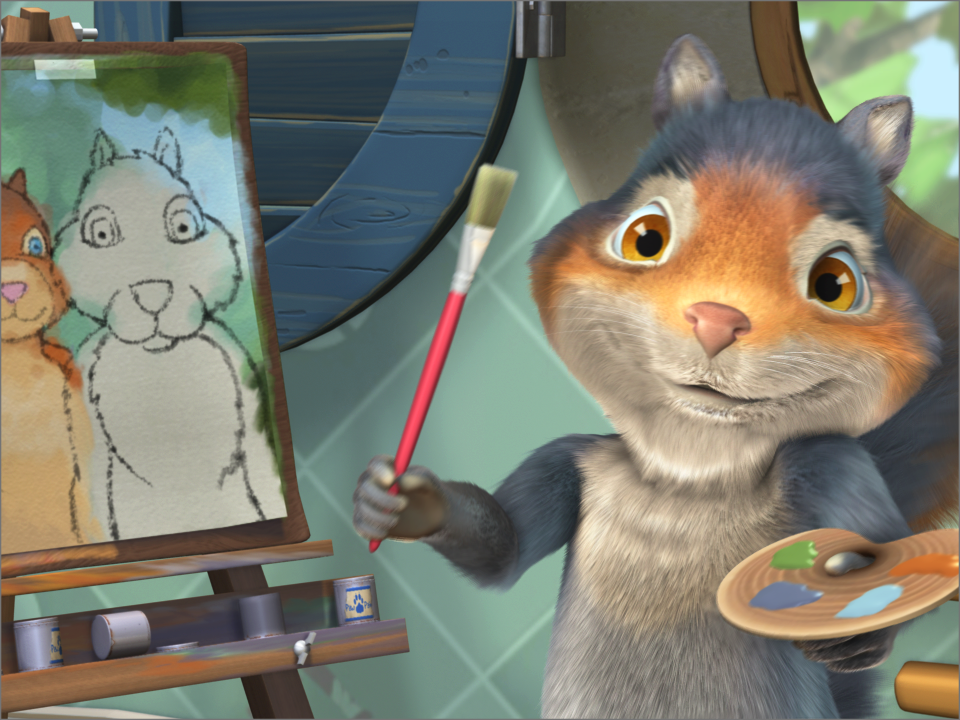
A still from one of Squirrel’s Adventures episodes, showing the final rendered version of Squirrel with lighting, fur, and motion blur.
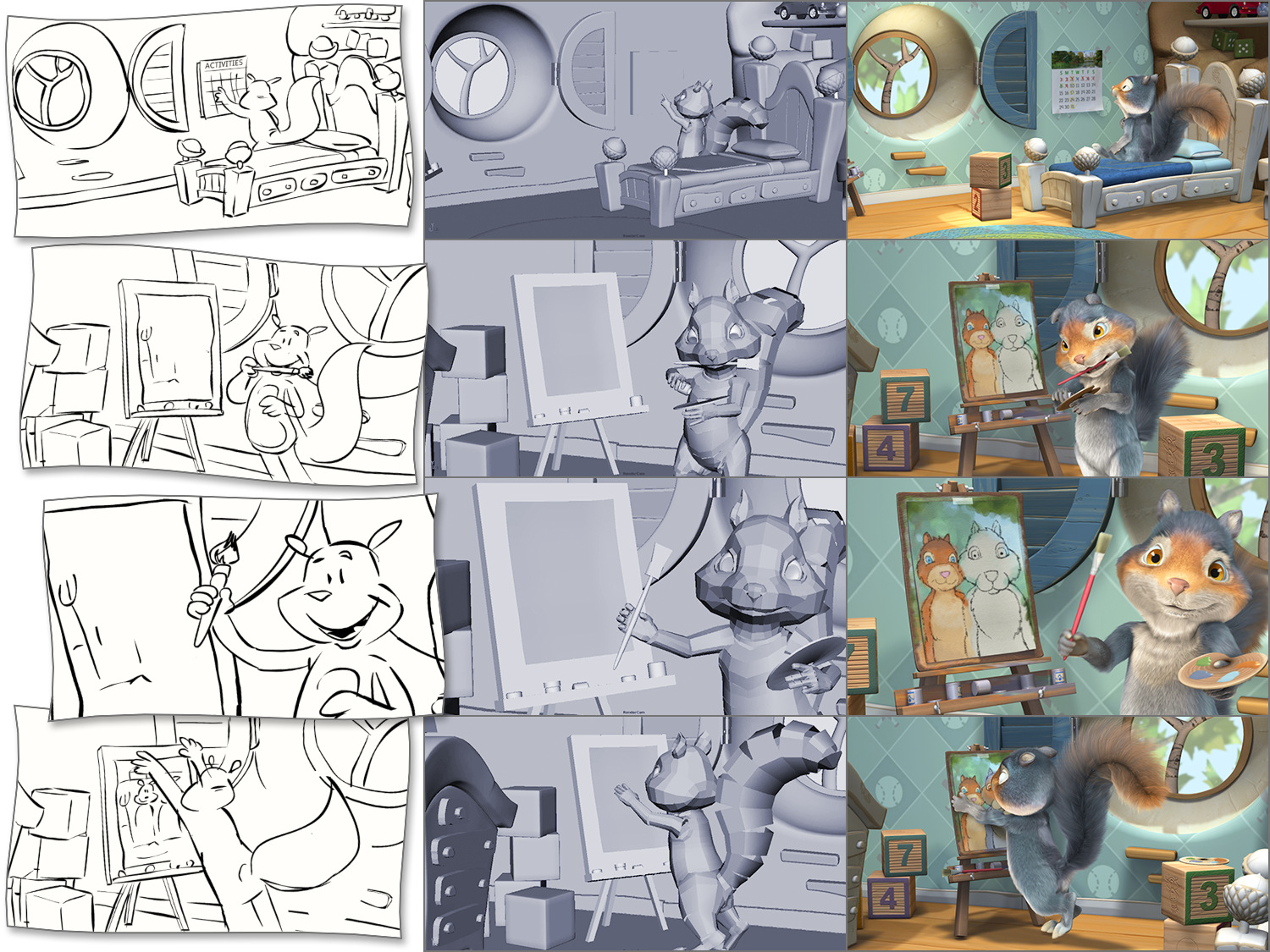
Phases in the development of one of Squirrel’s Adventures episodes: storyboards, animatic with scratch track, and final rendered version.
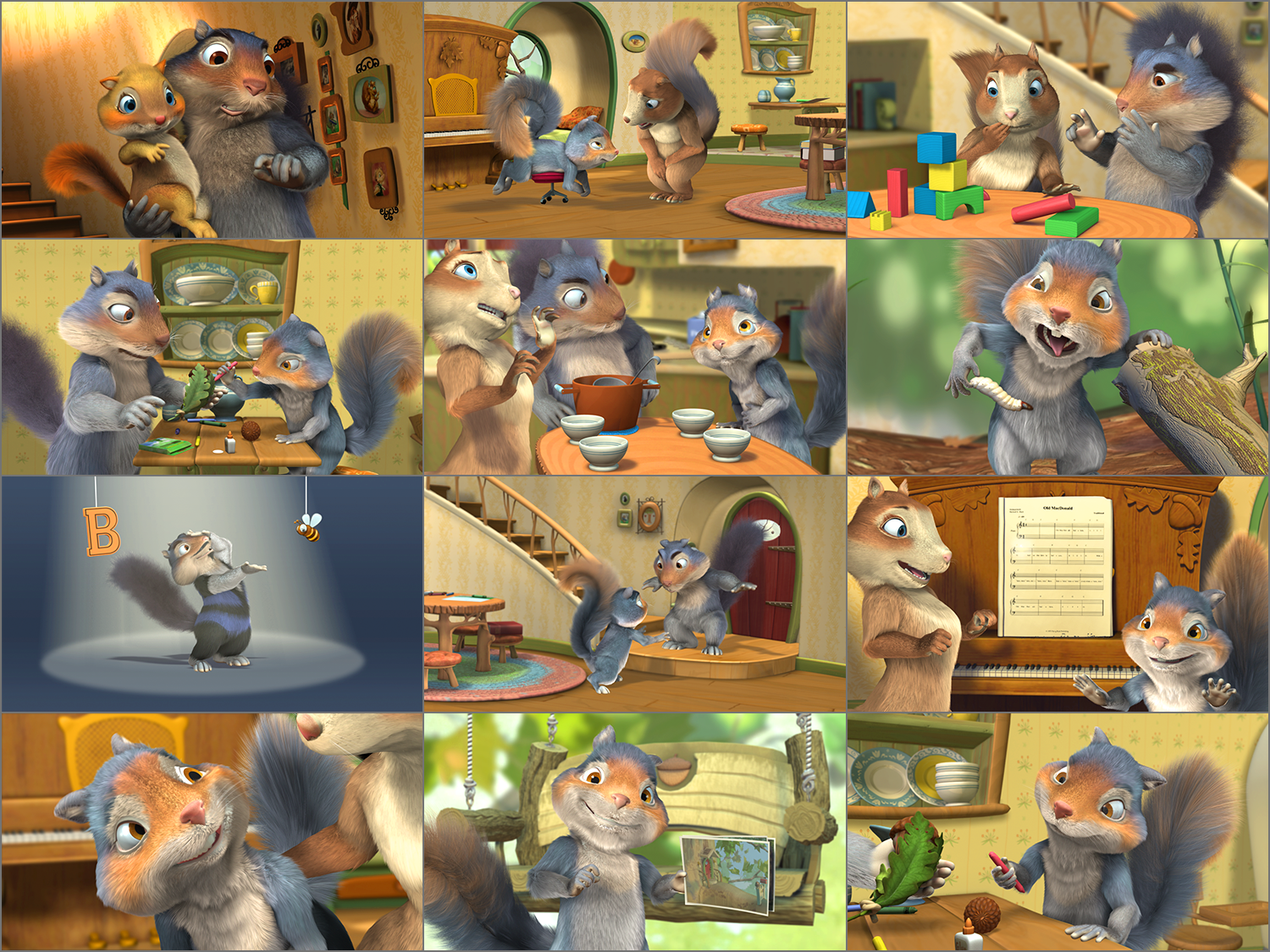
Stills from several Squirrel’s Adventures episodes, which model social skills. Squirrel learns with his family in 48 Level 1 (age 2) episodes.
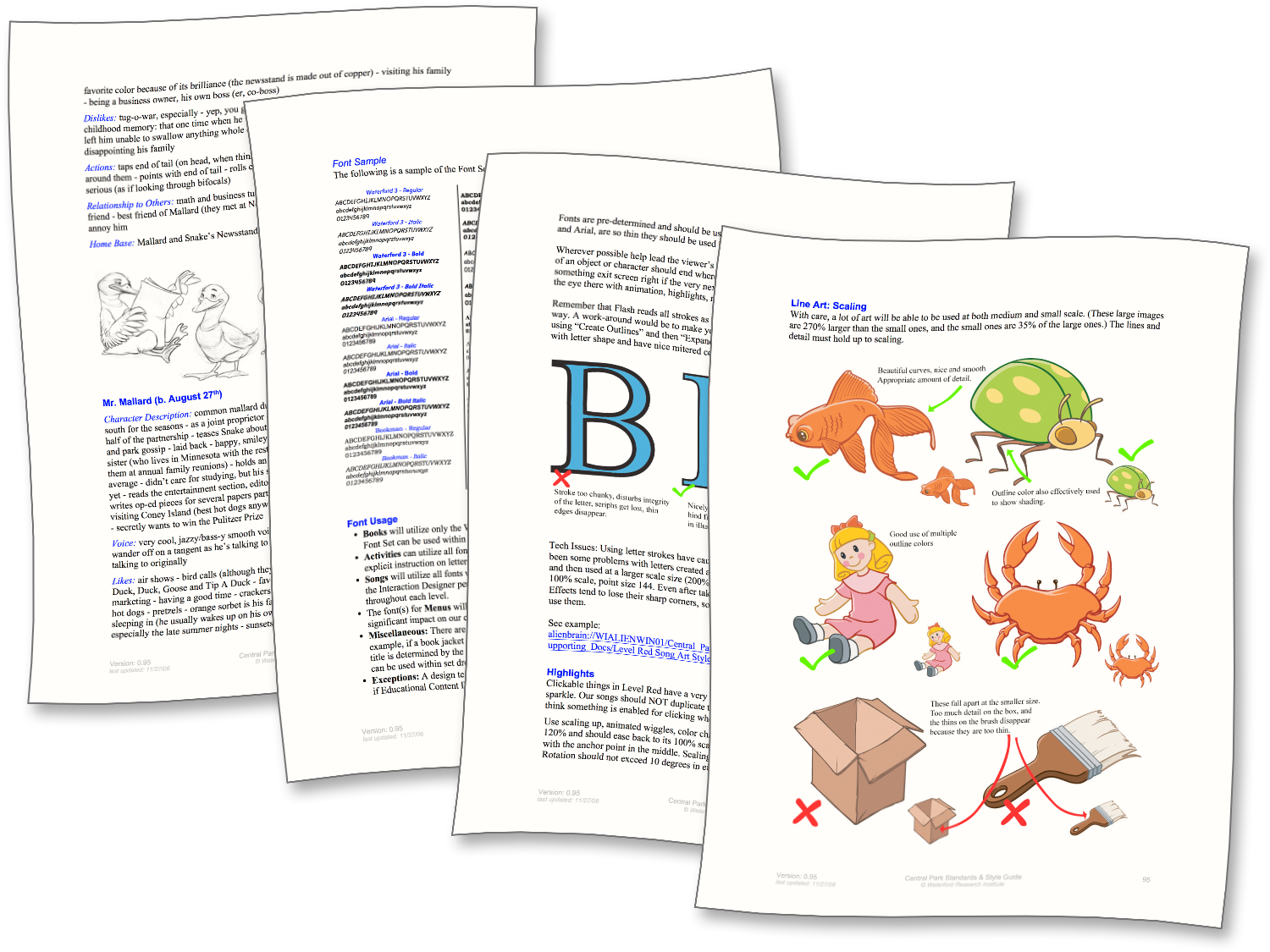
Several pages from the Standards and Style Guide. As a living document, content was added and updated on a regular basis.

A sample of sketches of characters interacting in their environment. These sketches helped determine which settings to develop in 3D.

Early set design sketches of the Clubhouse tree, where Squirrel and his friends congregate. These sketches investigate look & feel.
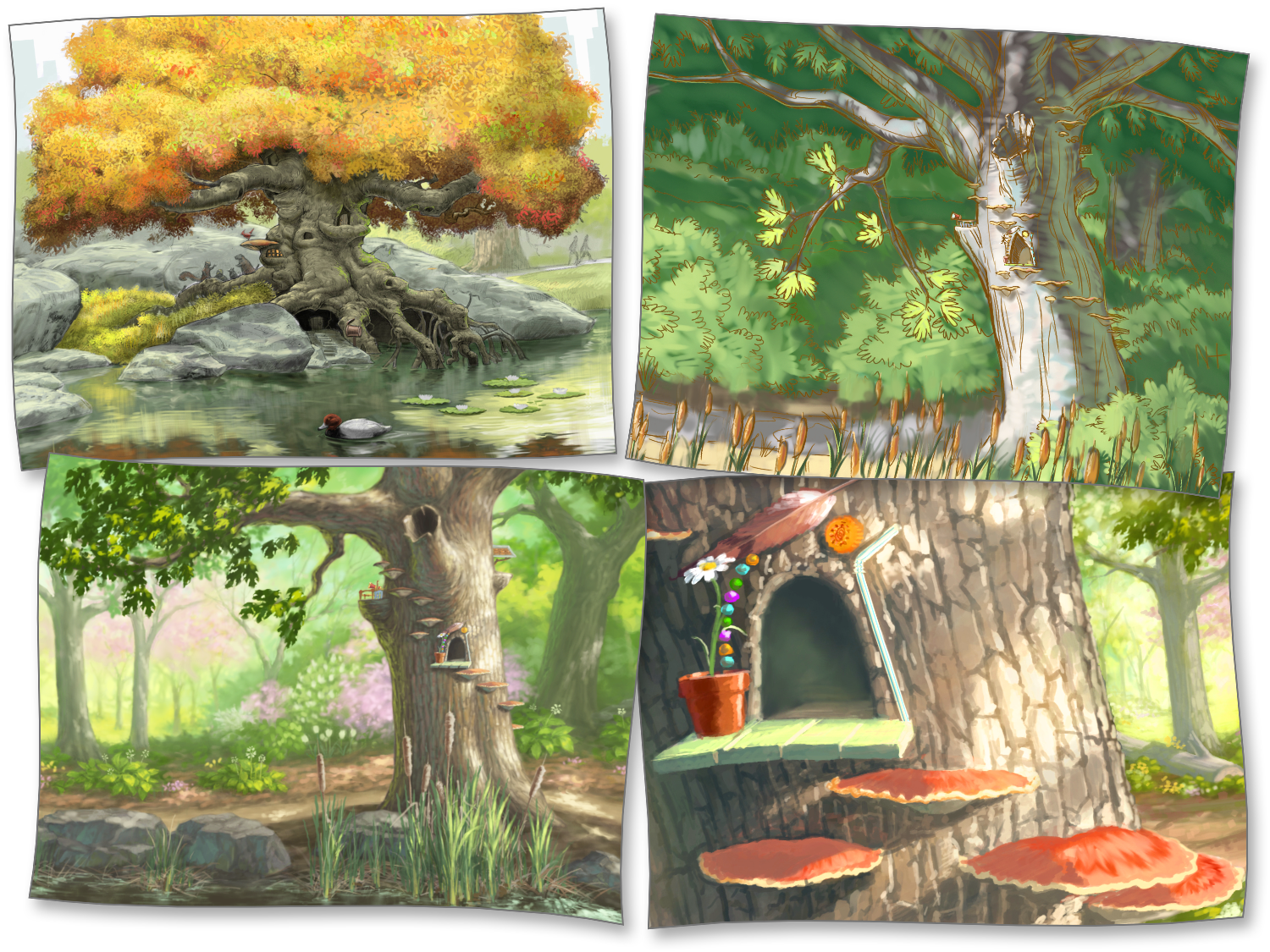
Several examples of color studies for the Clubhouse set. Natural and found objects were incorporated into each set’s design.
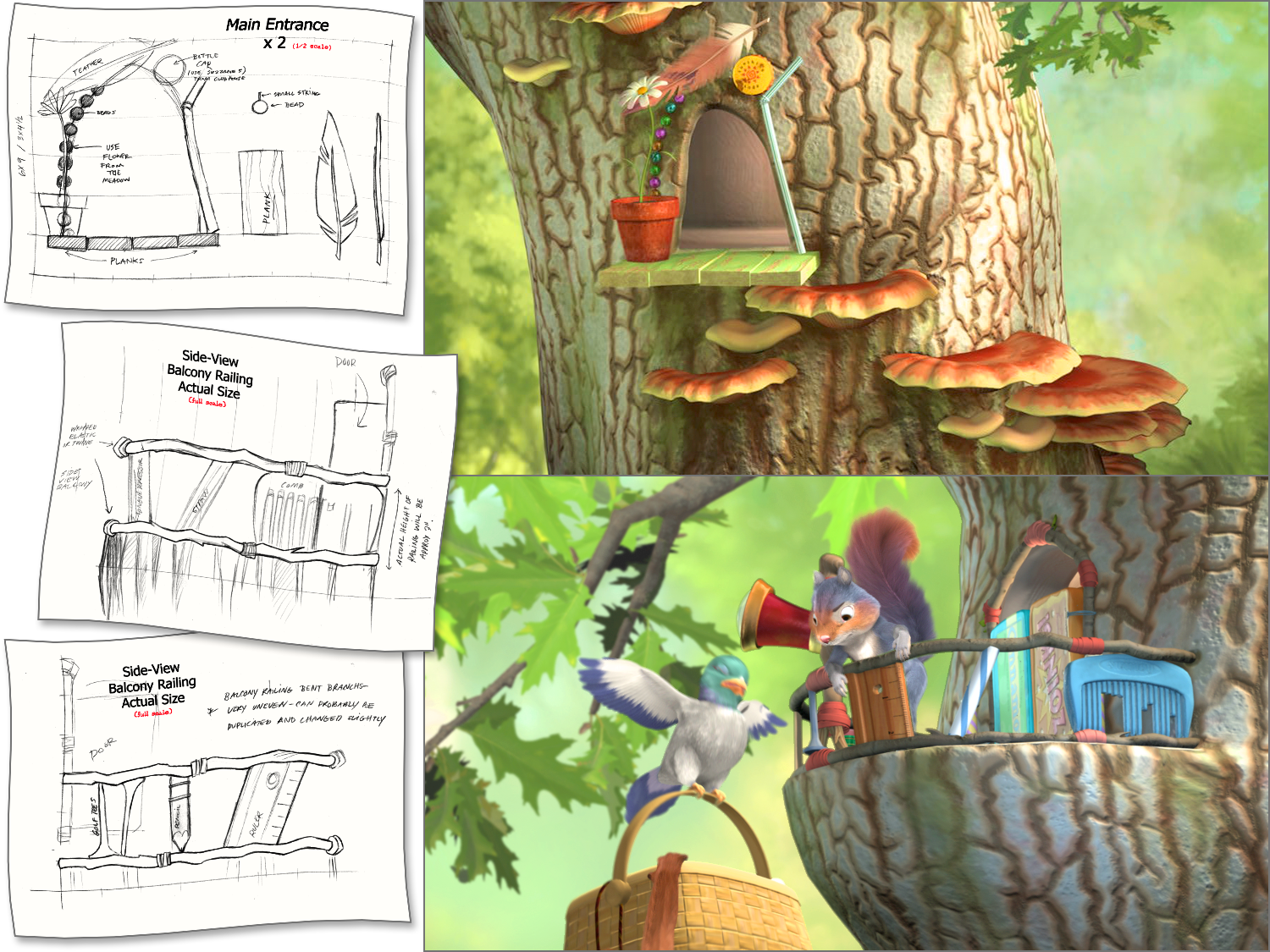
Several model sheets for the Clubhouse. Mushrooms create stairs to the entrance while found objects make up the balcony’s railing.

A sample of set design sketches for various locations around the park, including Squirrel’s Home and Mallard & Snake’s Newsstand.
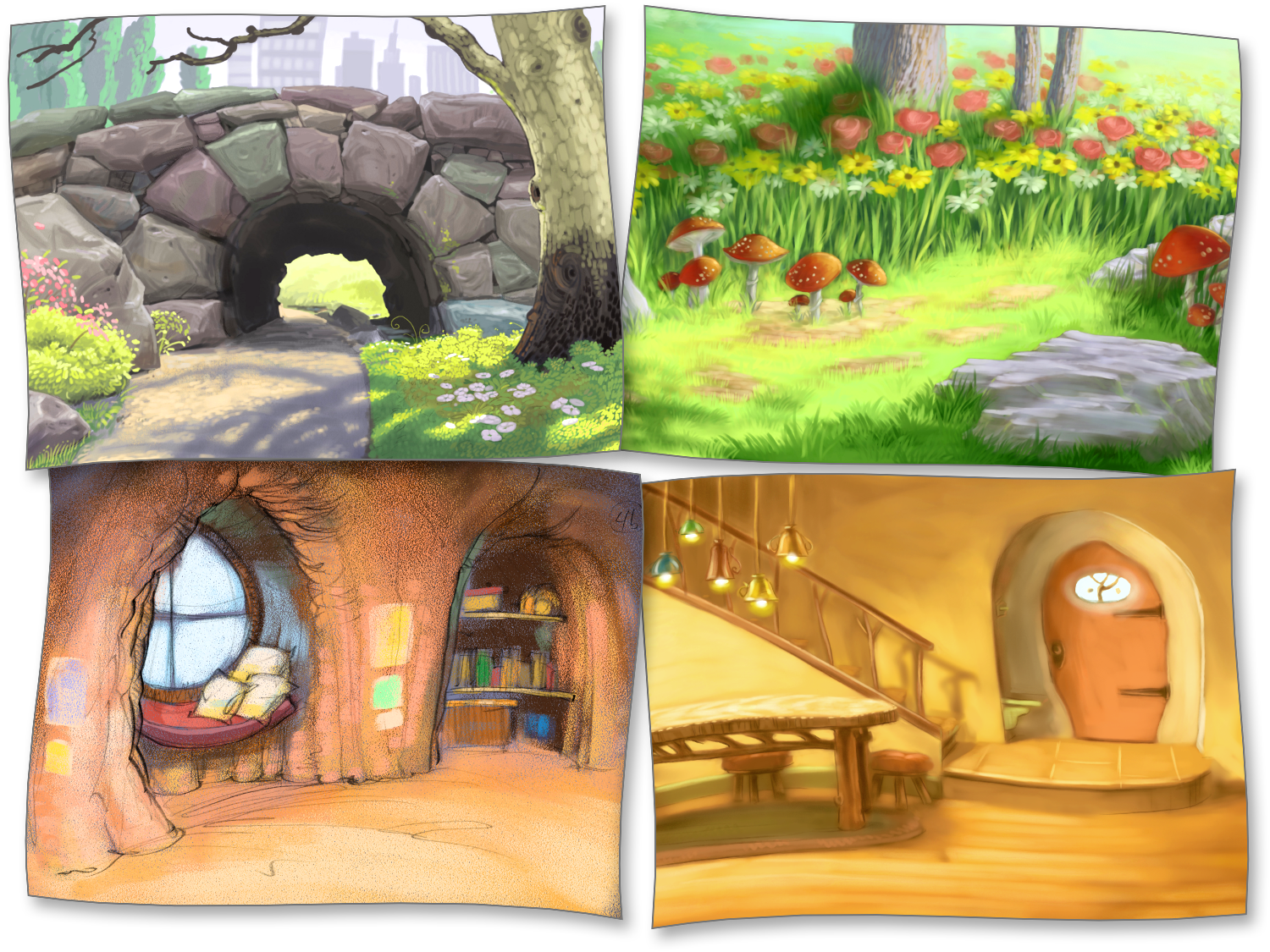
Color studies for outdoor and indoor sets around the park, including: The Clearing, Squirrel’s Living Room, and Squirrel’s Dining Room.
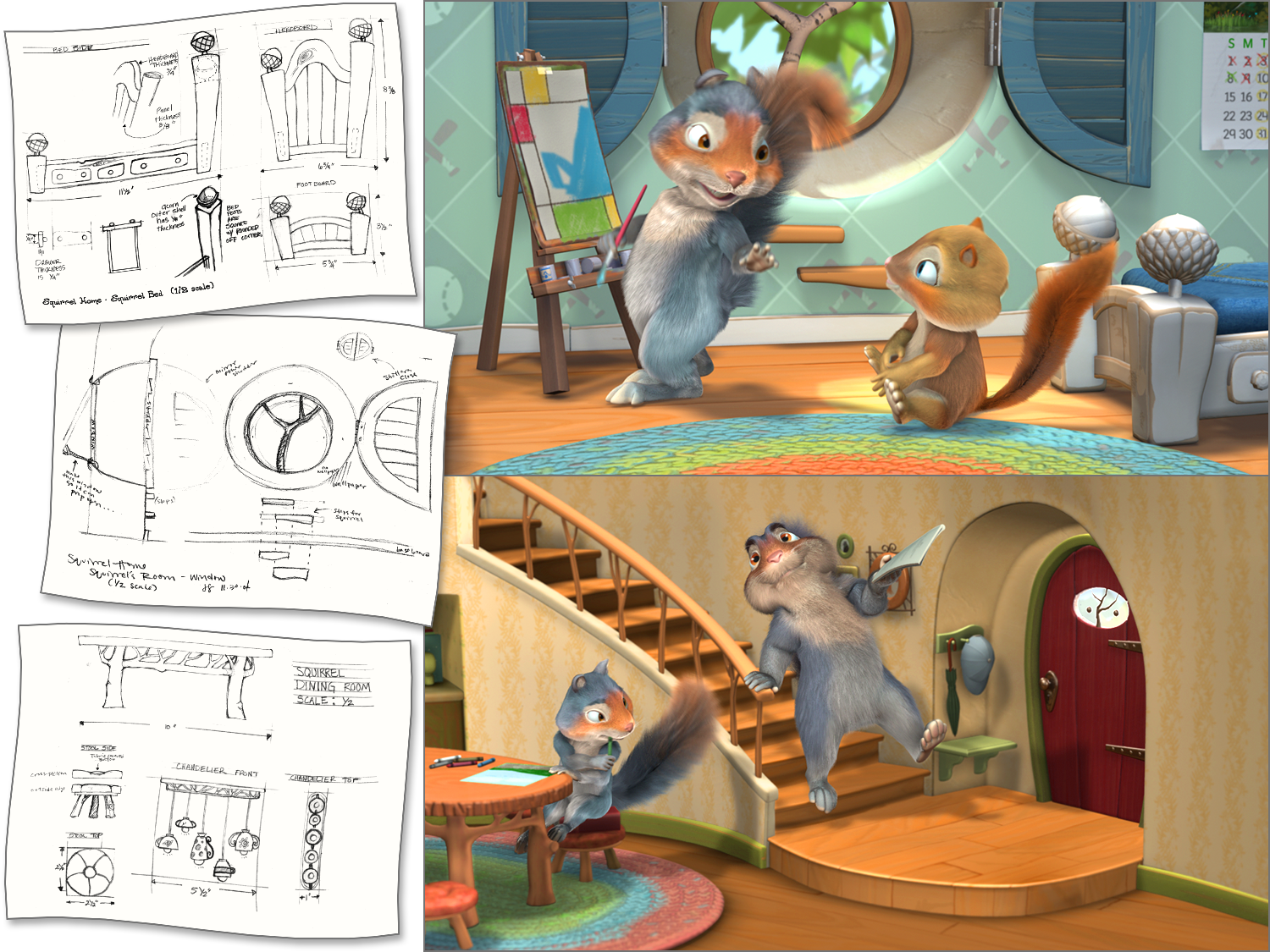
Several examples of model sheets for Squirrel’s Bedroom and Dining Room sets. Once modeled, texture maps and lighting are applied.

Design investigations in the development of the primary logo. The bottom right logo was chosen to represent Waterford’s Central Park.
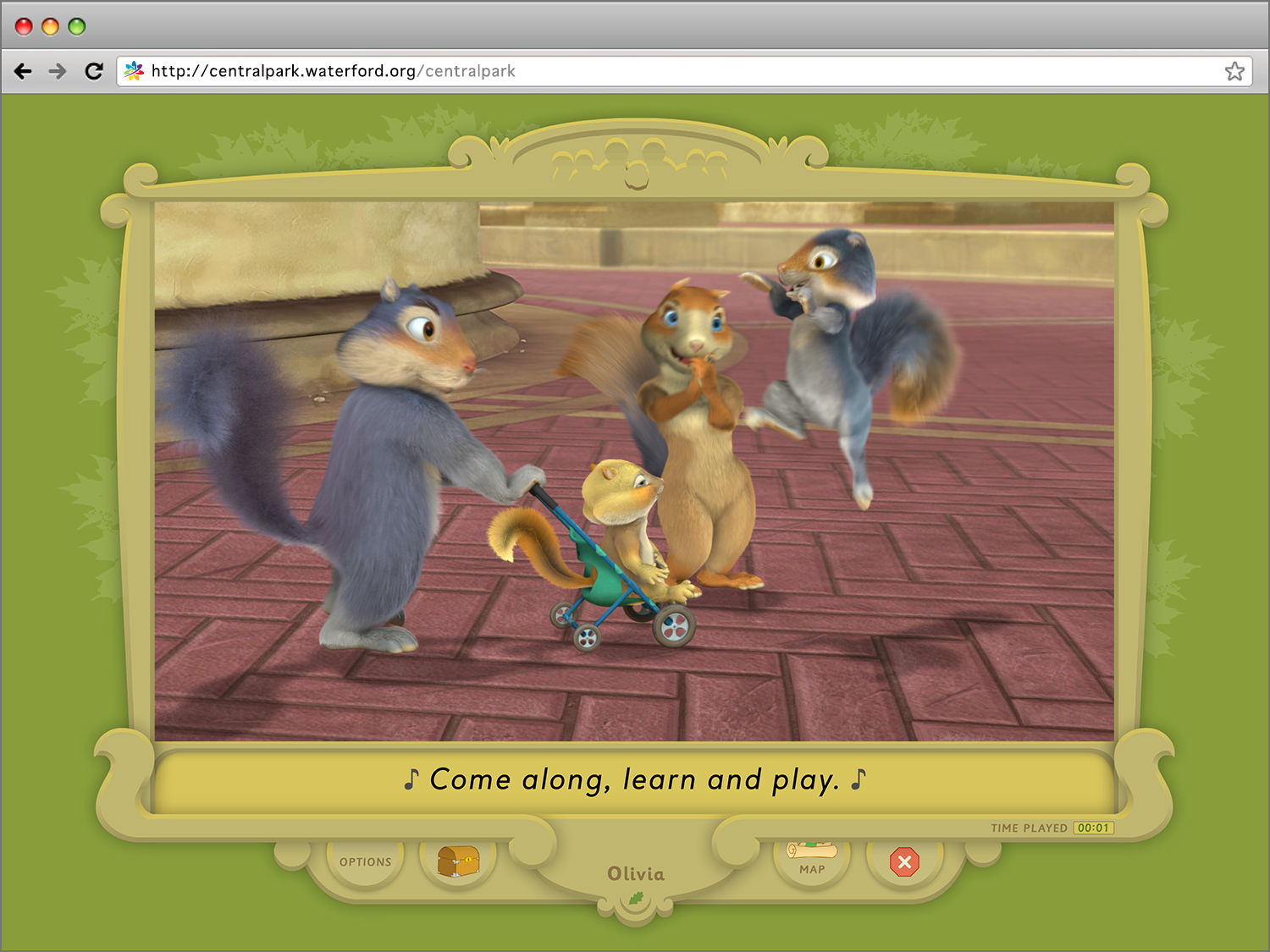
The UI design for Level 1 (age 2), with subtitle and timer features. The frame offers access to Options, Toy Box, Map, and Exit buttons.
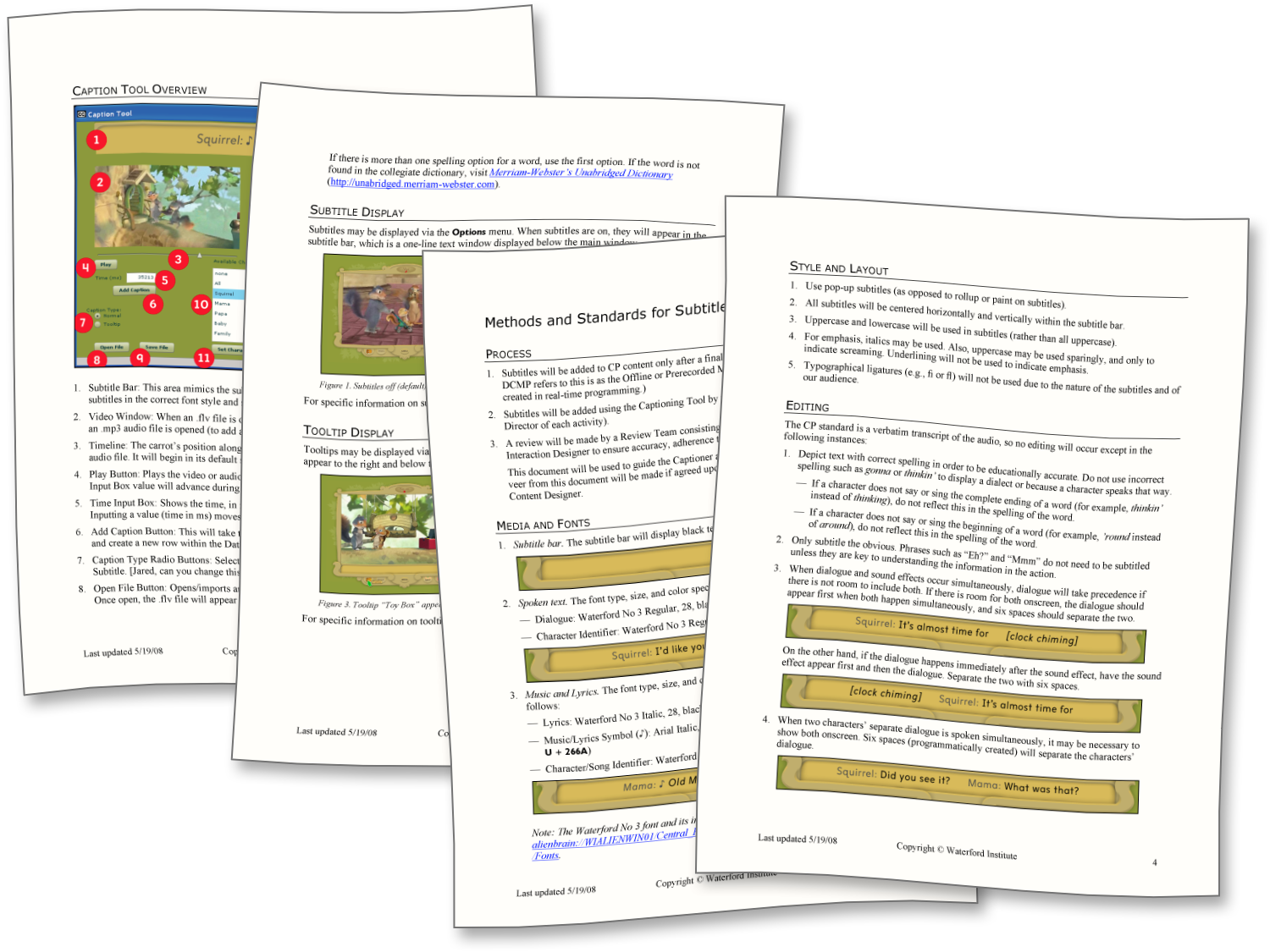
Several pages from the Captioning Conventions Guide, which encompasses subtitles and tooltips. All activities are subtitled.
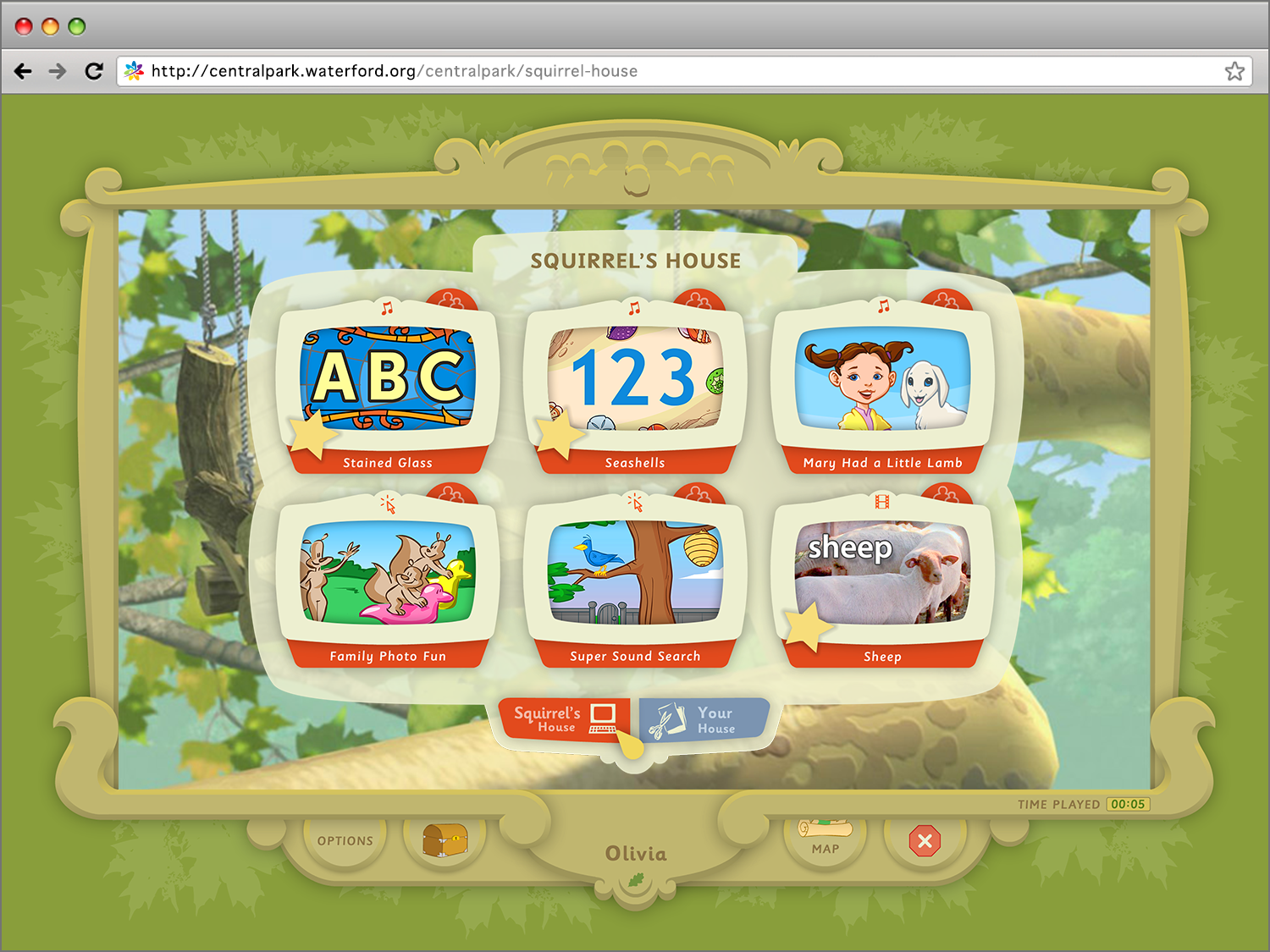
The menu for Squirrel’s House — one of 48 in Level 1 (age 2) — is the gateway to songs, books, and games.
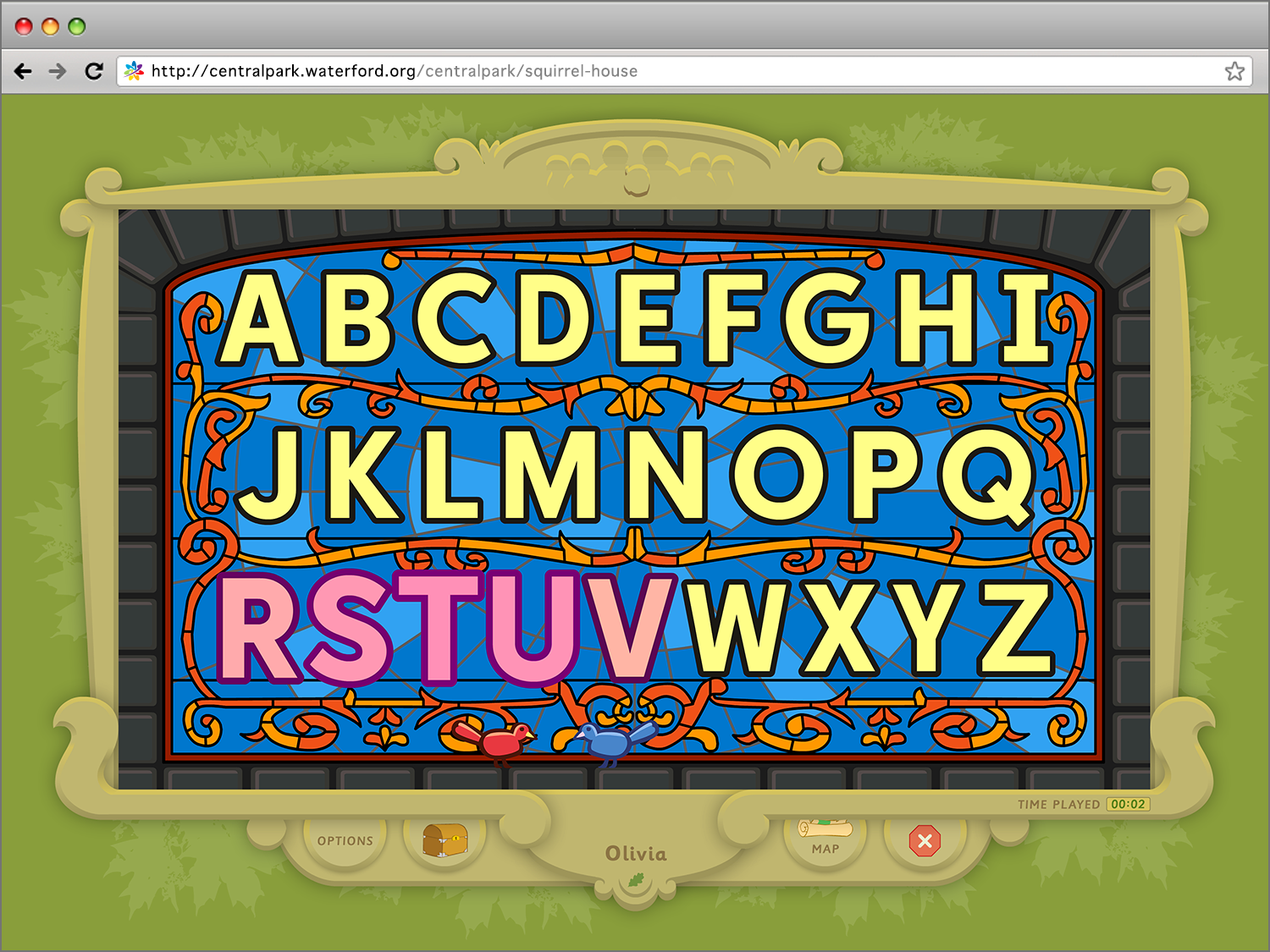
An example of one of the 48 ABCs songs in Level 1 (age 2). A variety of fonts, sizes, and layouts are used to present the capital letters.
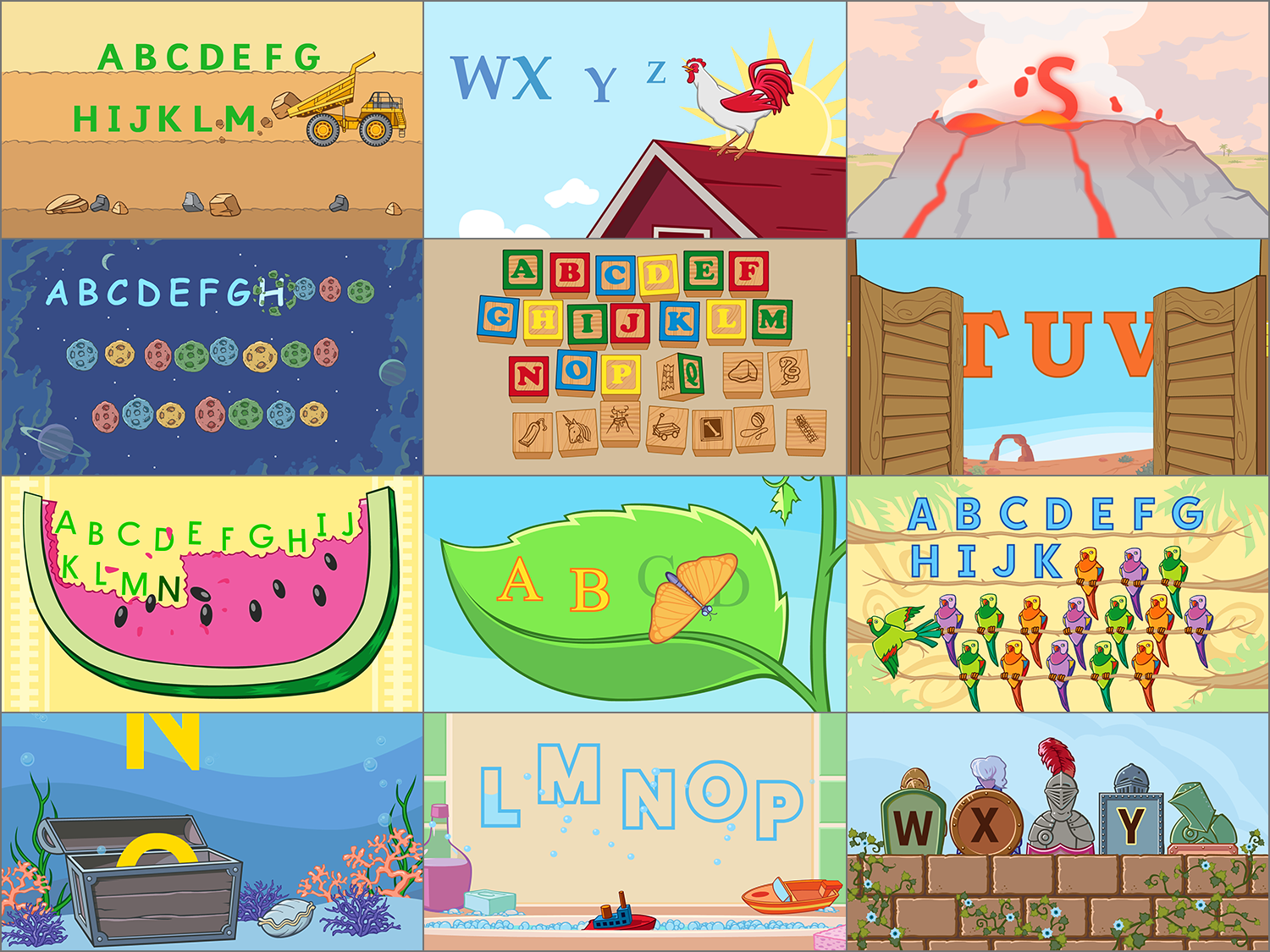
A sampling of ABCs songs from Level 1 (age 2). Twelve themes and 48 methods were designed to present the ABCs.
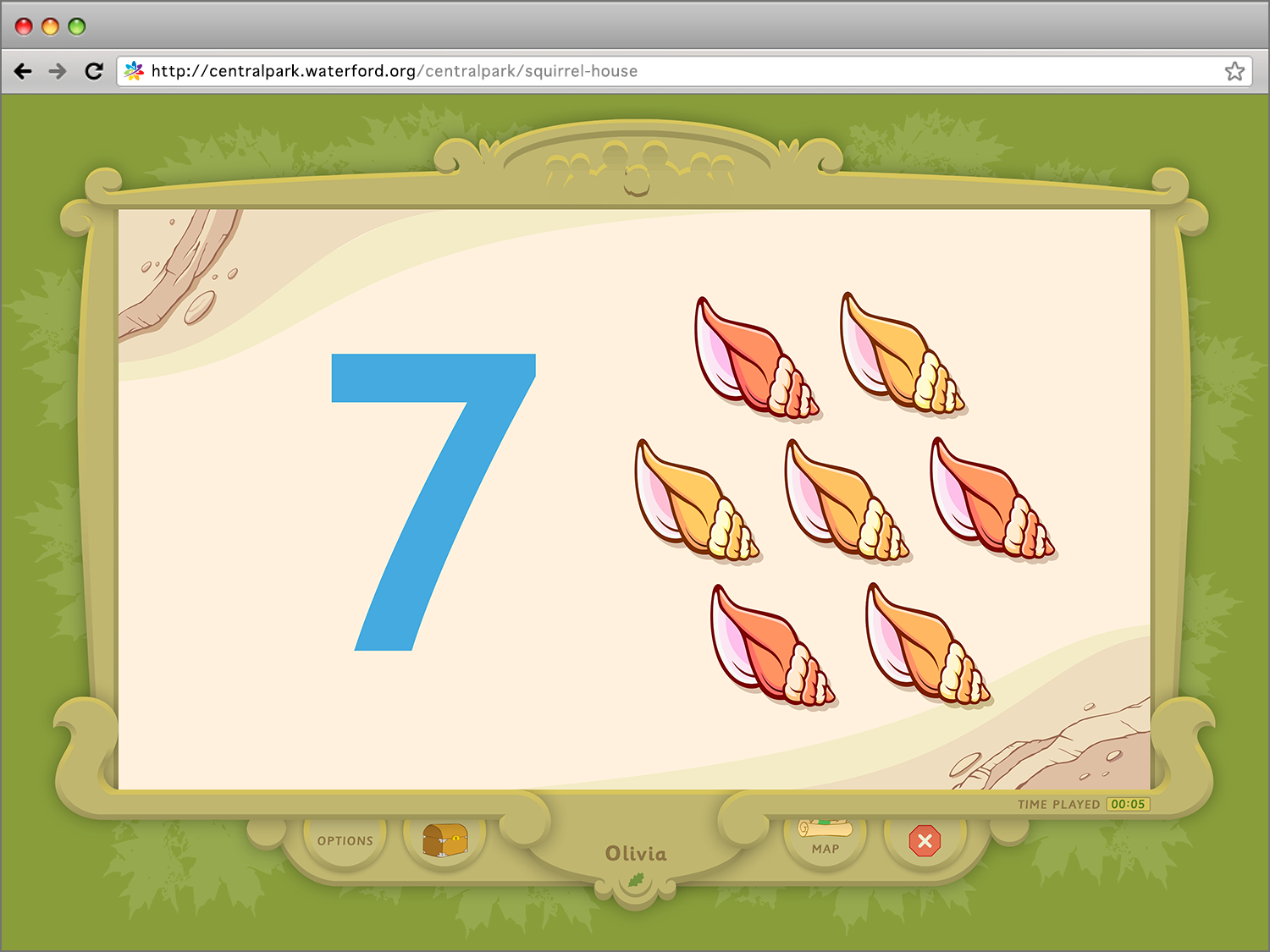
An example of one of the 48 counting songs in Level 1 (age 2). A variety of fonts, sizes, and layouts are used to present the numbers.
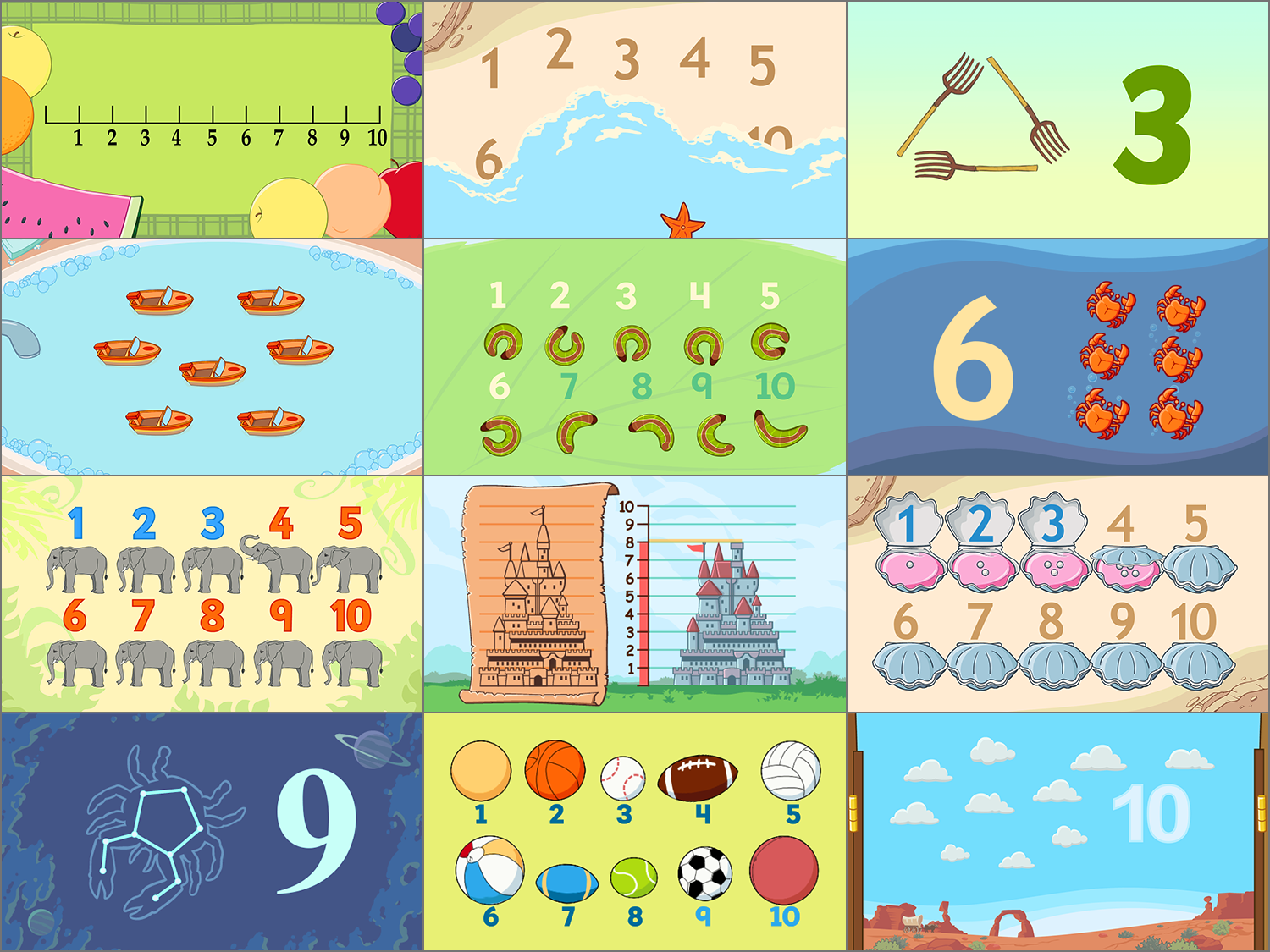
A sampling of counting songs in Level 1 (age 2). Twelve themes and 48 methods are used to present counting to 10.

Mary Had a Little Lamb is an example of the 12 nursery rhyme books in Level 1 (age 2). Each book has 3 modes: Listen, Explore, and Sing.
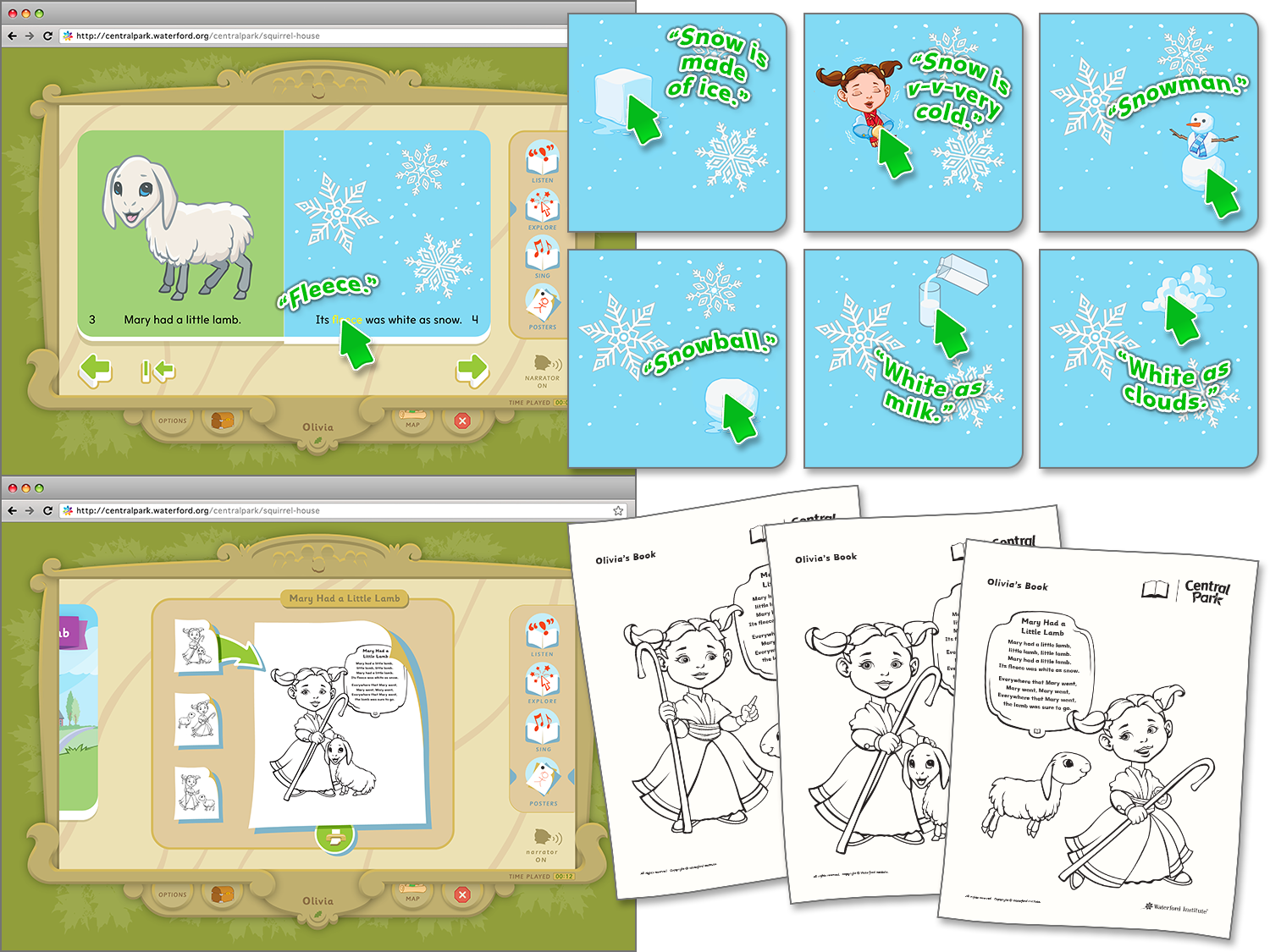
In Explore mode, the book illustrations come to life with animations and sound effects. Printable coloring pages complement each book.
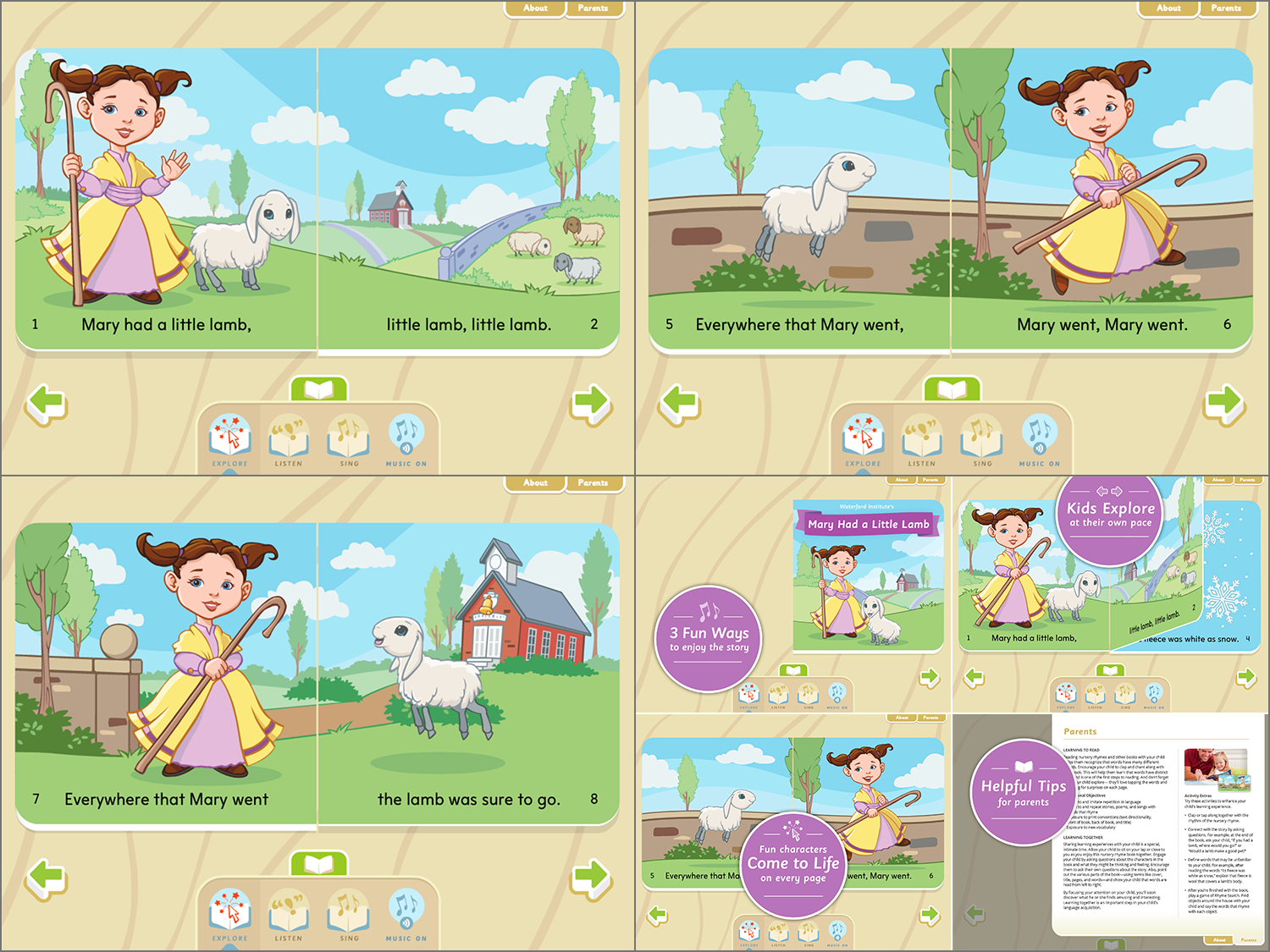
The mobile version of Mary Had a Little Lamb nursery rhyme book. Each book’s Parent tab provides info about learning-to-read activities.
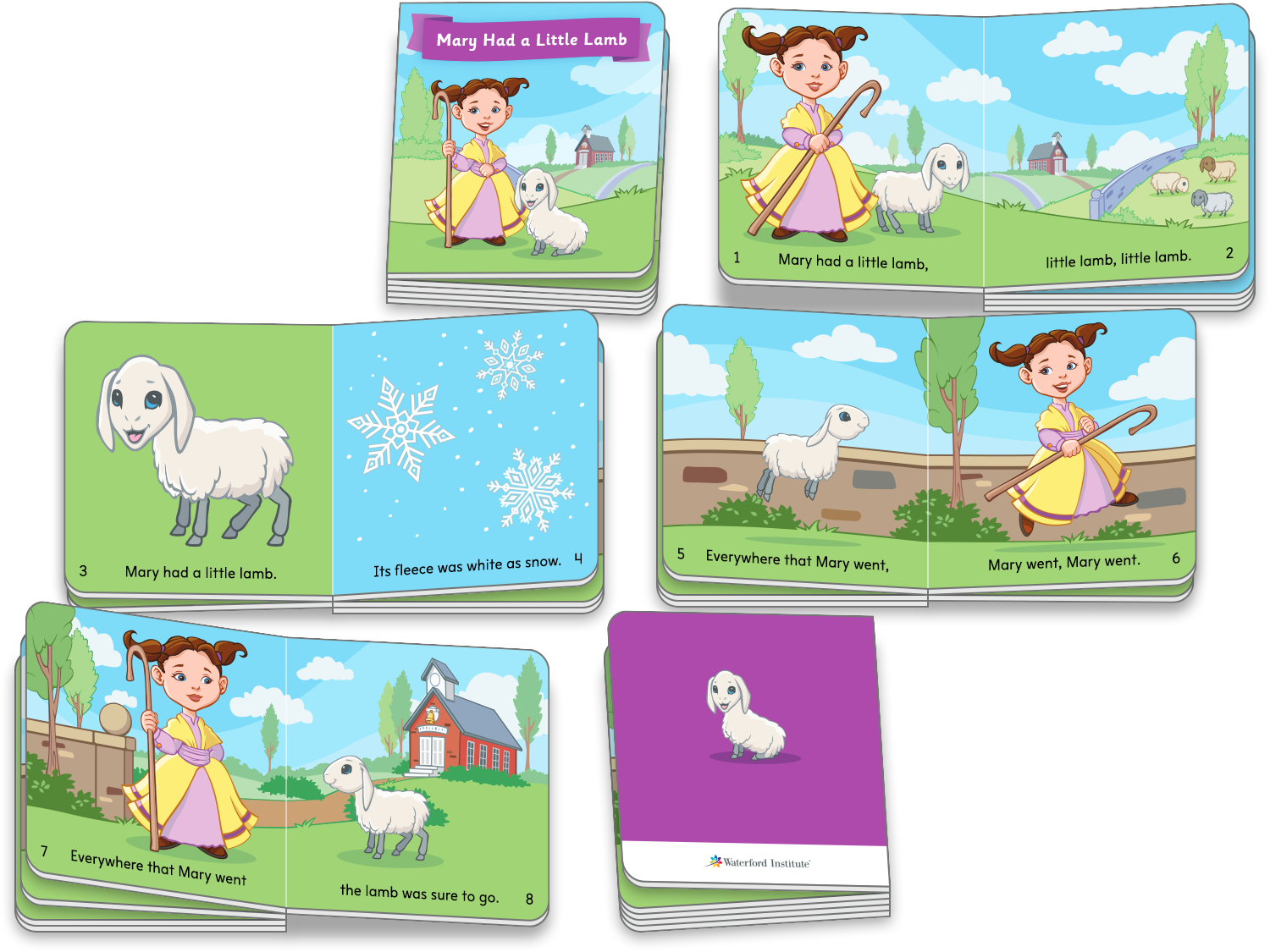
Board book version of the Mary Had a Little Lamb nursery rhyme book. Board books were designed to complement the online version.
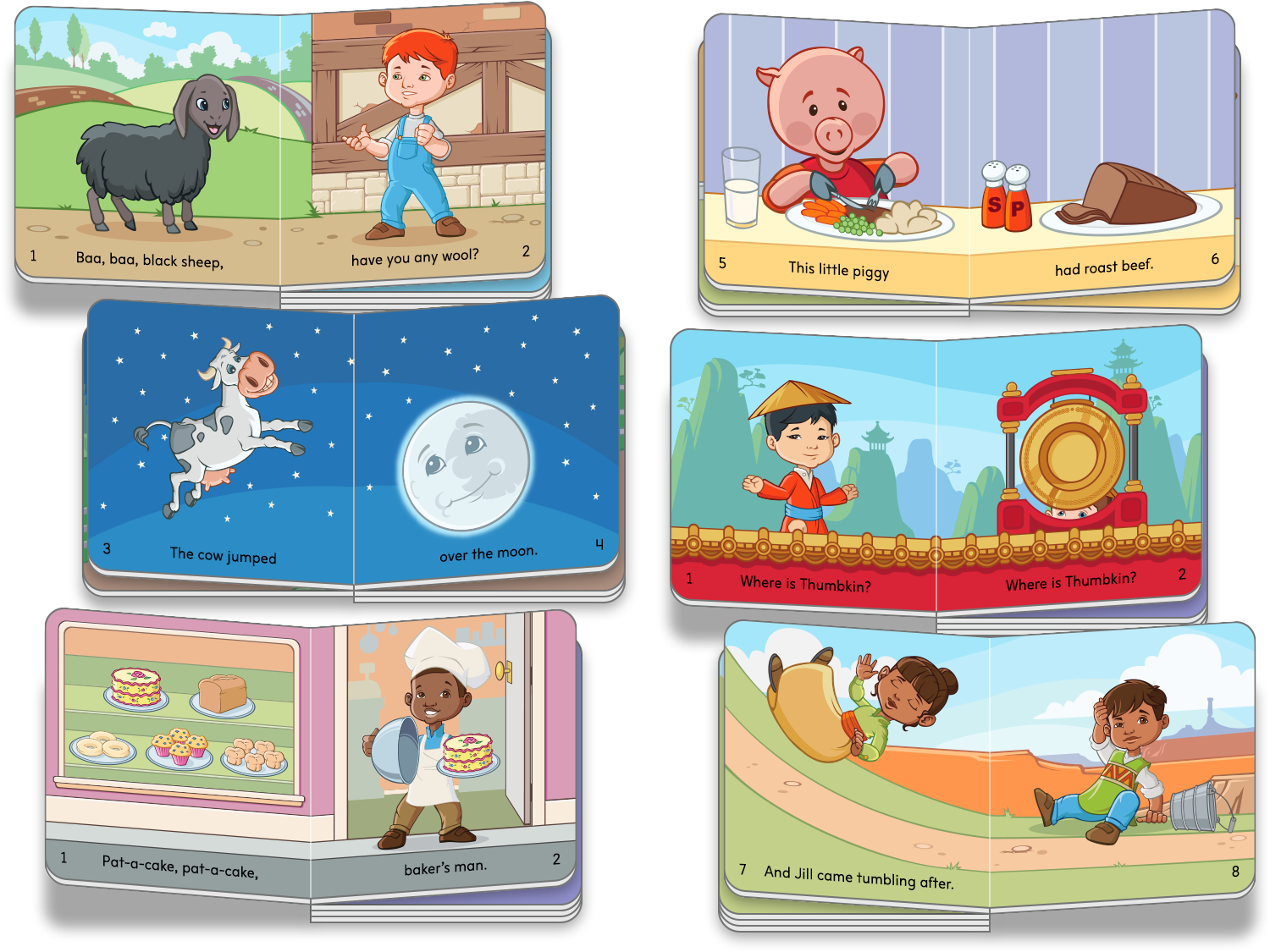
More examples of the nursery rhyme books, including: Baa, Baa, Black Sheep, This Little Piggy, Where Is Thumbkin?, and Jack and Jill.
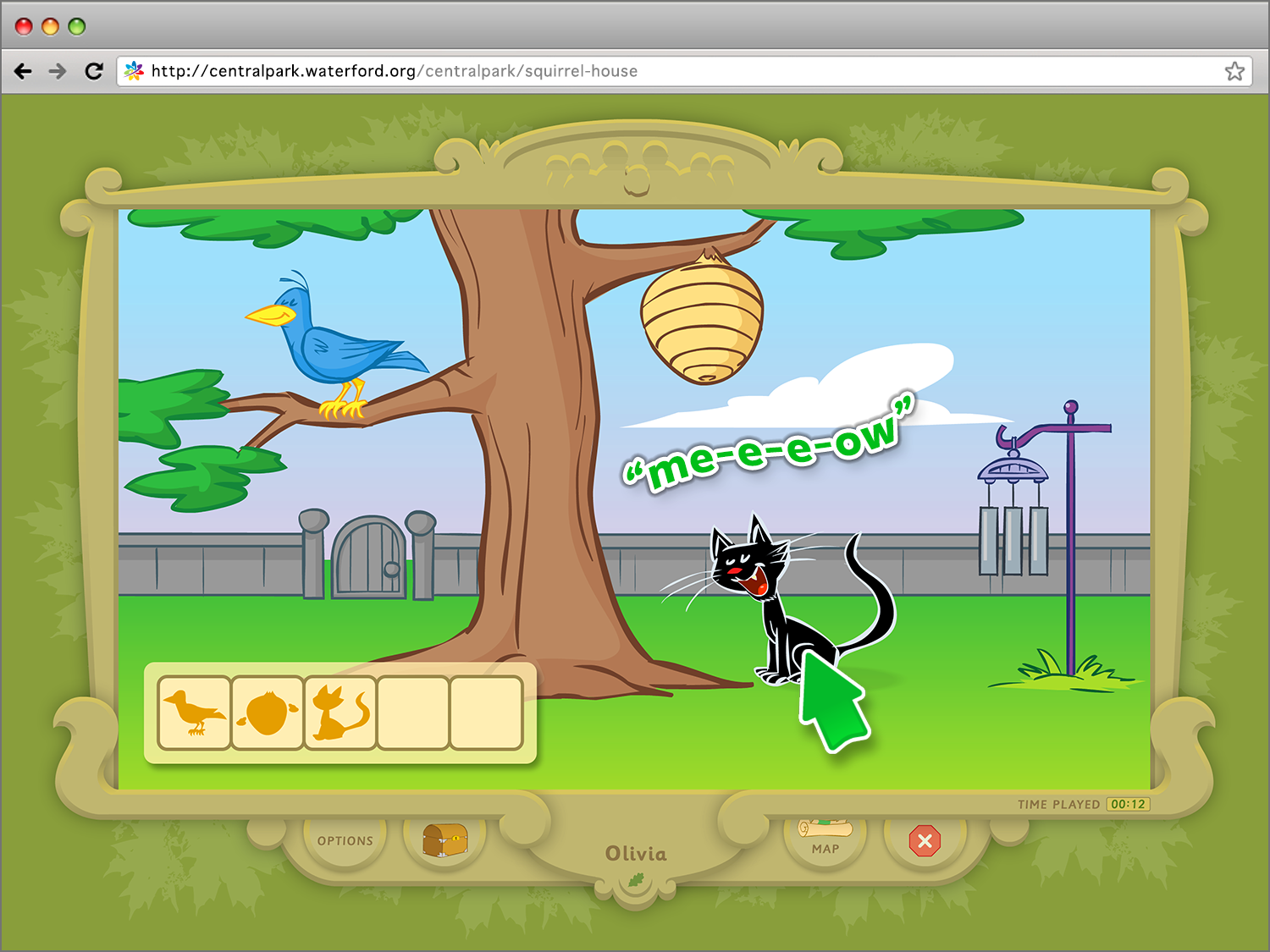
Sounds in Your Environment is an example of one of 87 exploration games in Level 1 (age 2). Each game is voiced by a character.
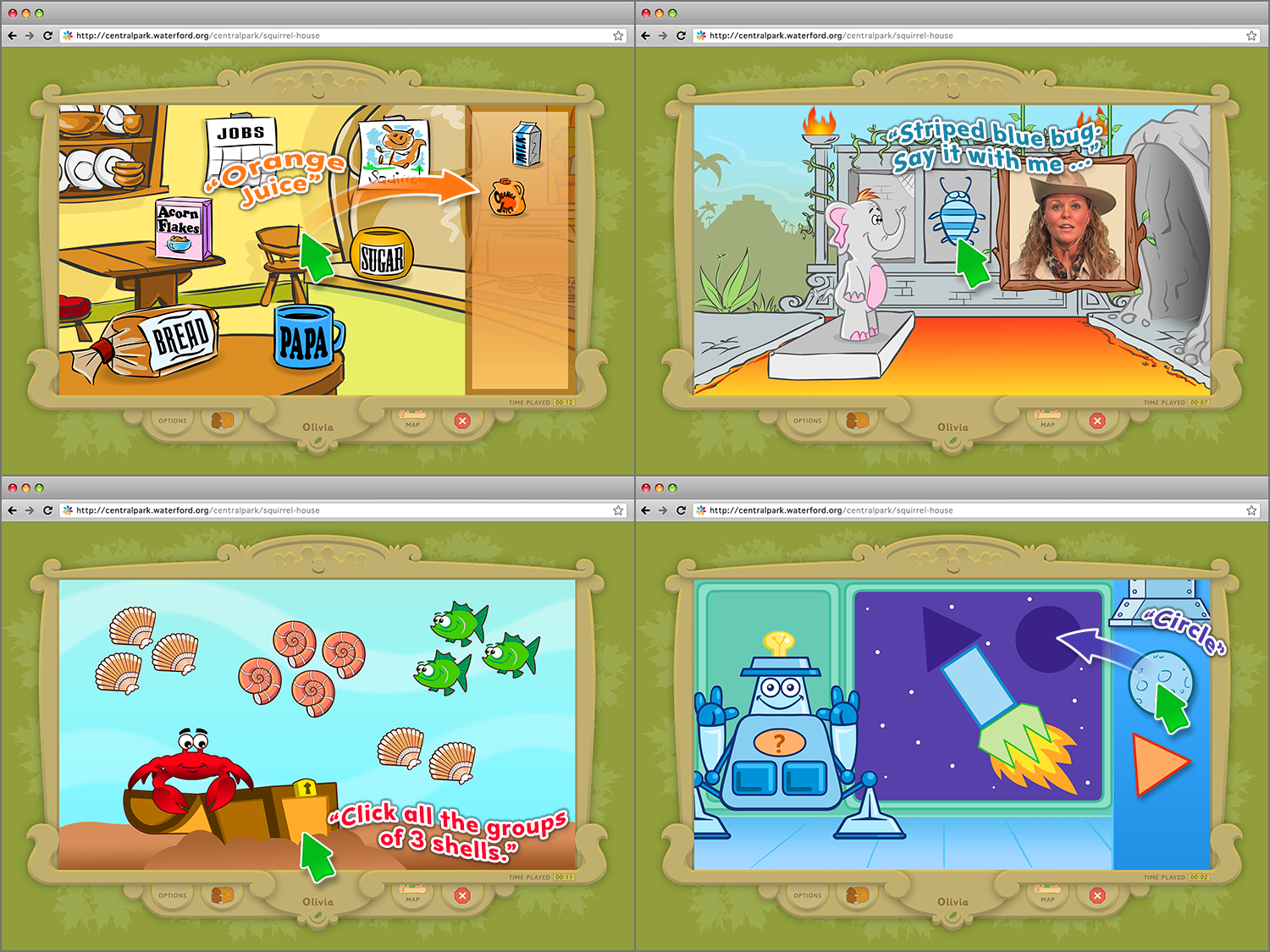
Screens from a sample of exploration games: Looking for Letters, Ernie’s Jungle Journey, Noticing Numbers, and Puzzle Planet.
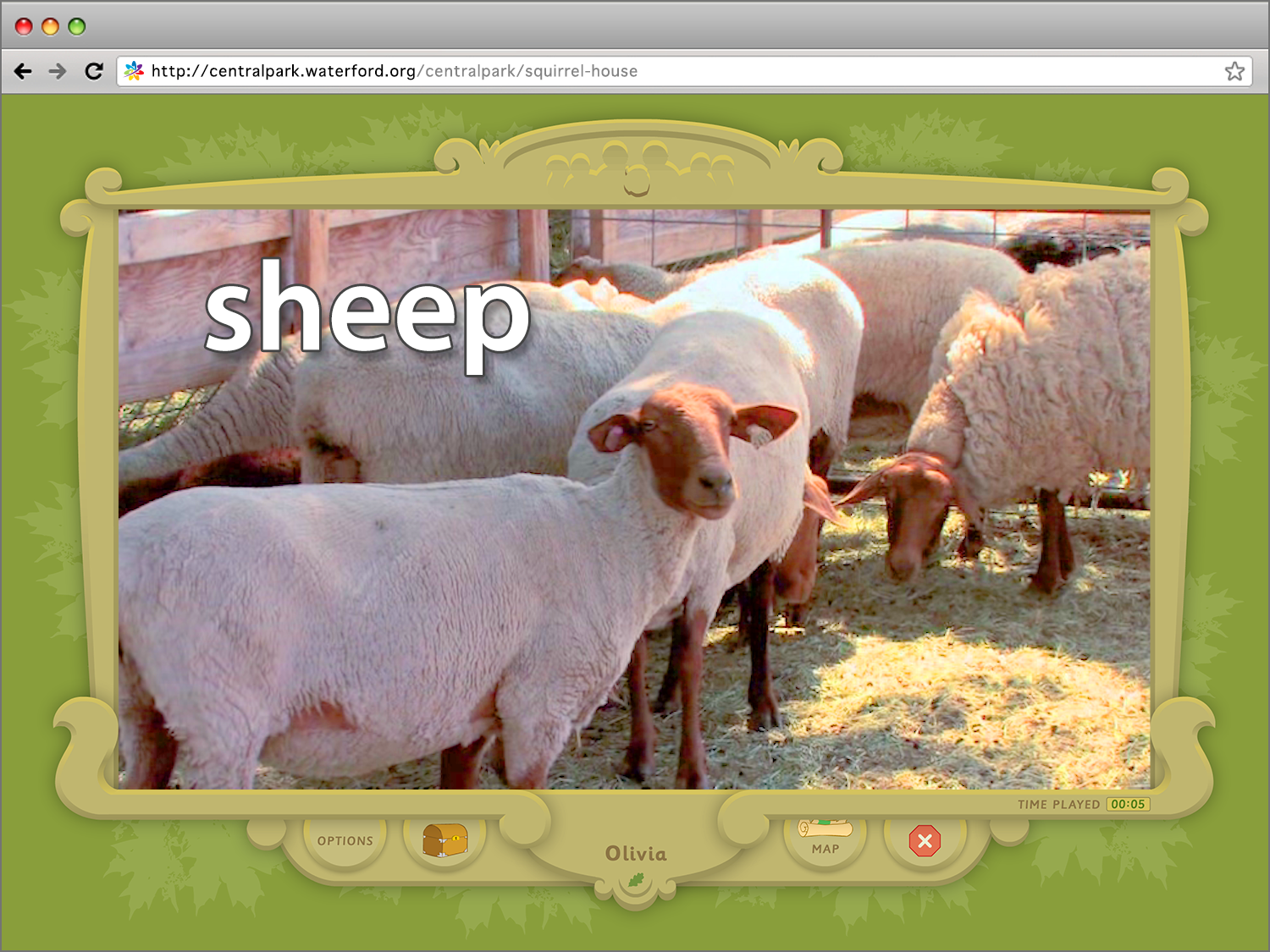
A still from Let’s Go See... Sheep video. Each of the 48 videos in Level 1 (age 2) explores the theme of each Squirrel’s House menu.
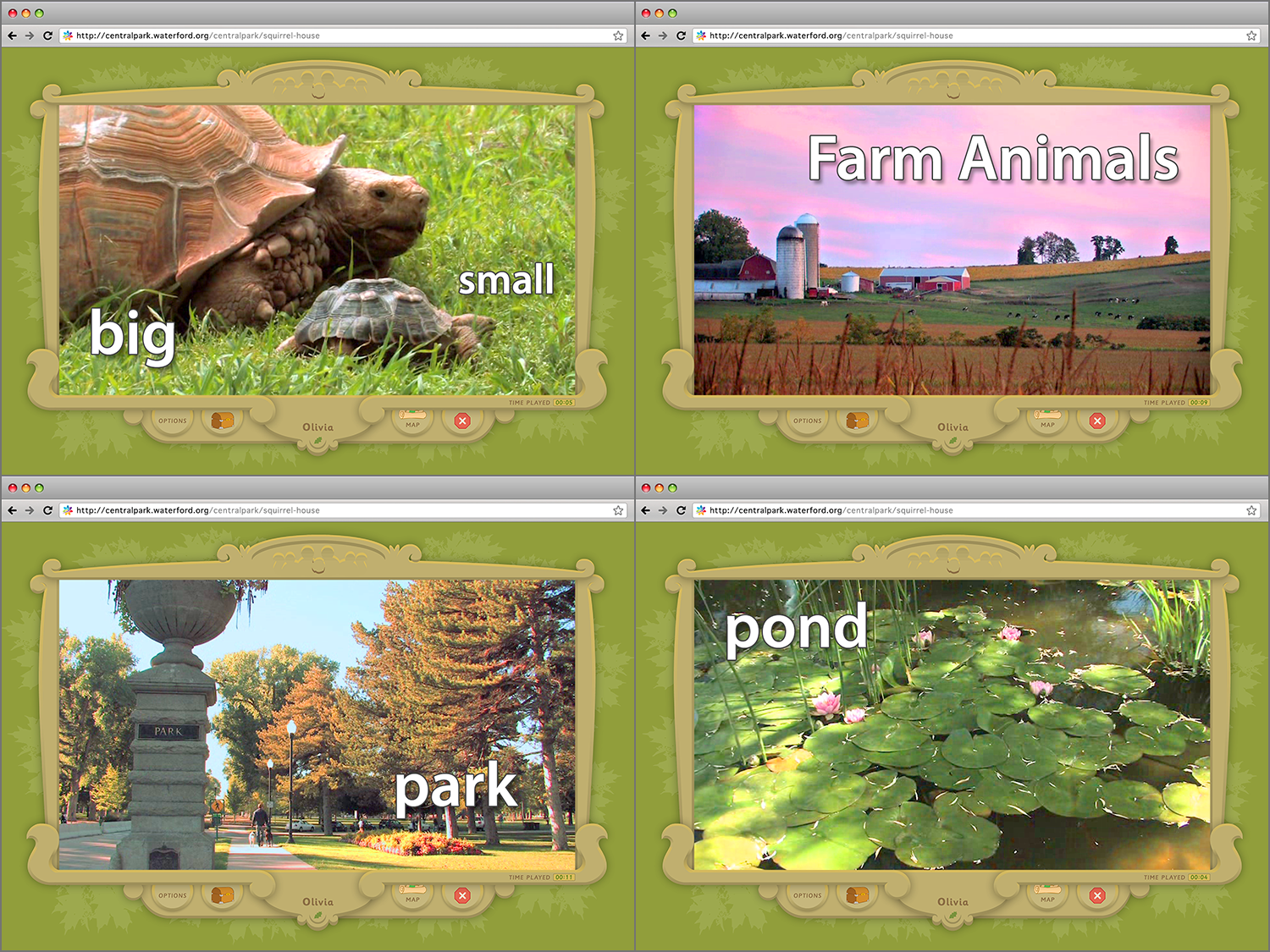
Stills from a sampling of Let’s Go See... videos: Big and Small Animals, Farm Animals, Words in Your World, and Ecosystems.
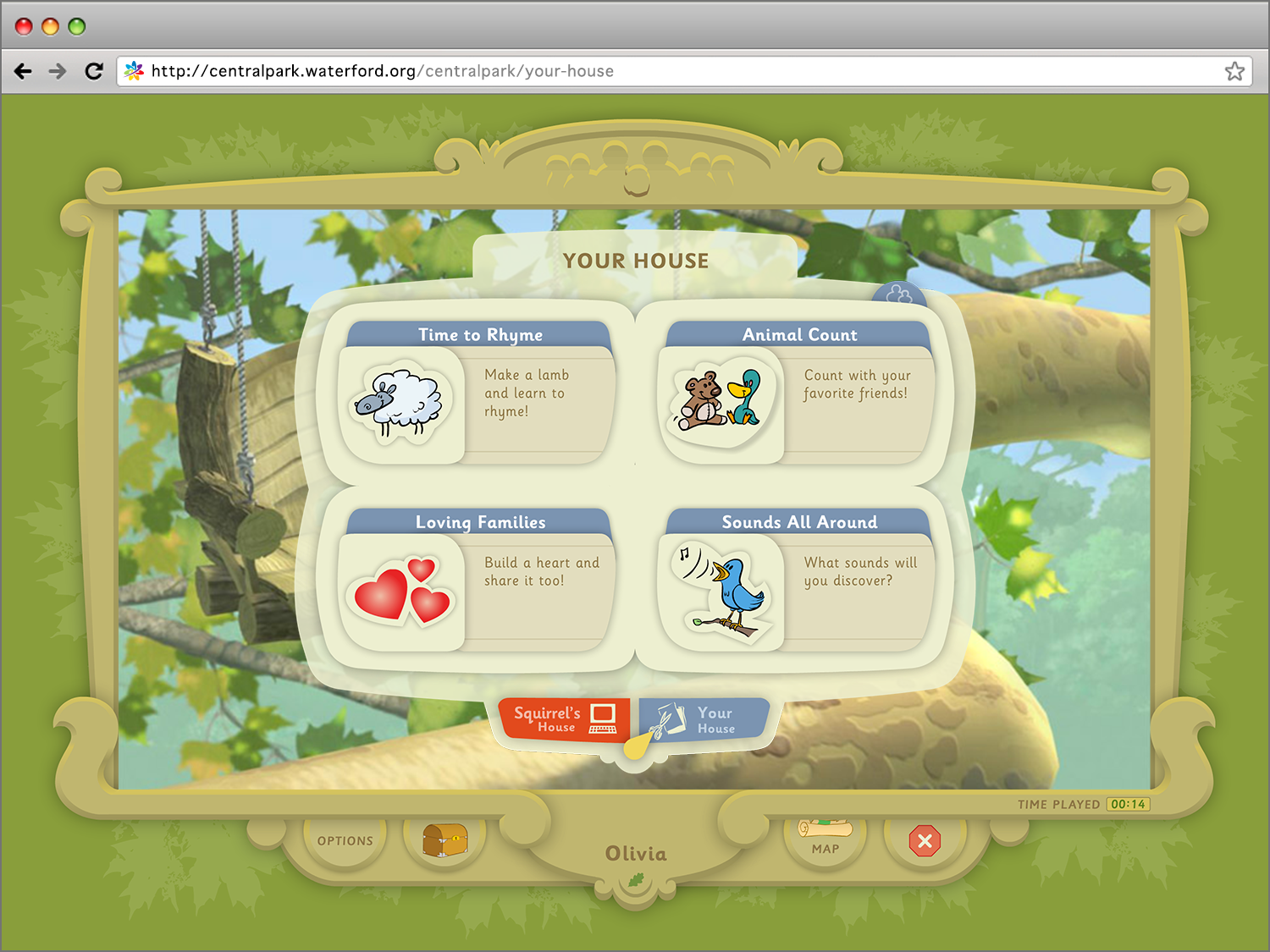
Each menu of Your House presents four home activities for the child. There are 48 menus, or 192 offline activities, in Level 1 (age 2).
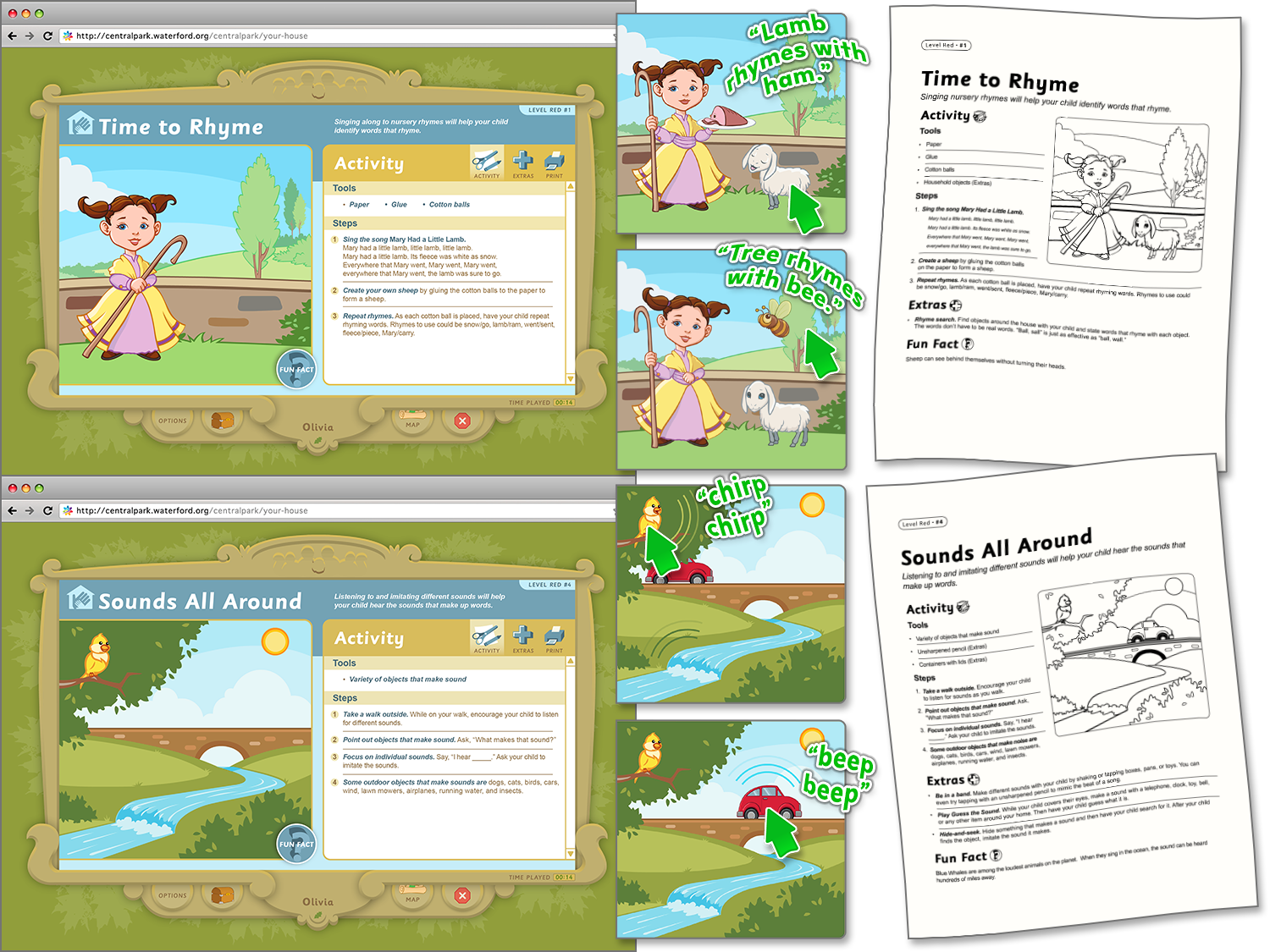
Screens and printables from two activities: Time to Rhyme and Sounds All Around. Home activities align with Squirrel’s House activities.
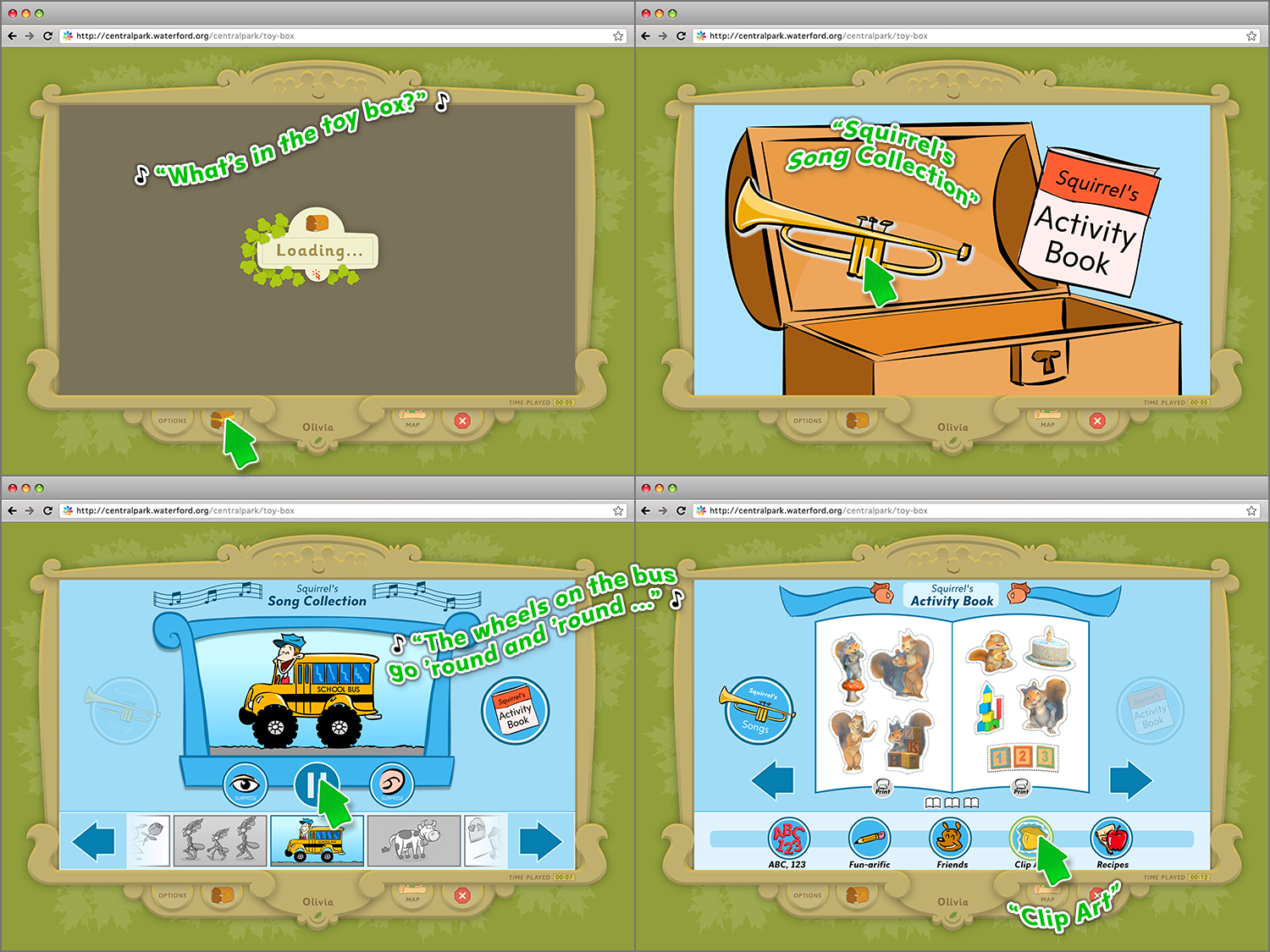
The Toy Box button accesses Squirrel’s Song Collection, a set of interactive songs, and Squirrel’s Activity Book, a set of worksheets.
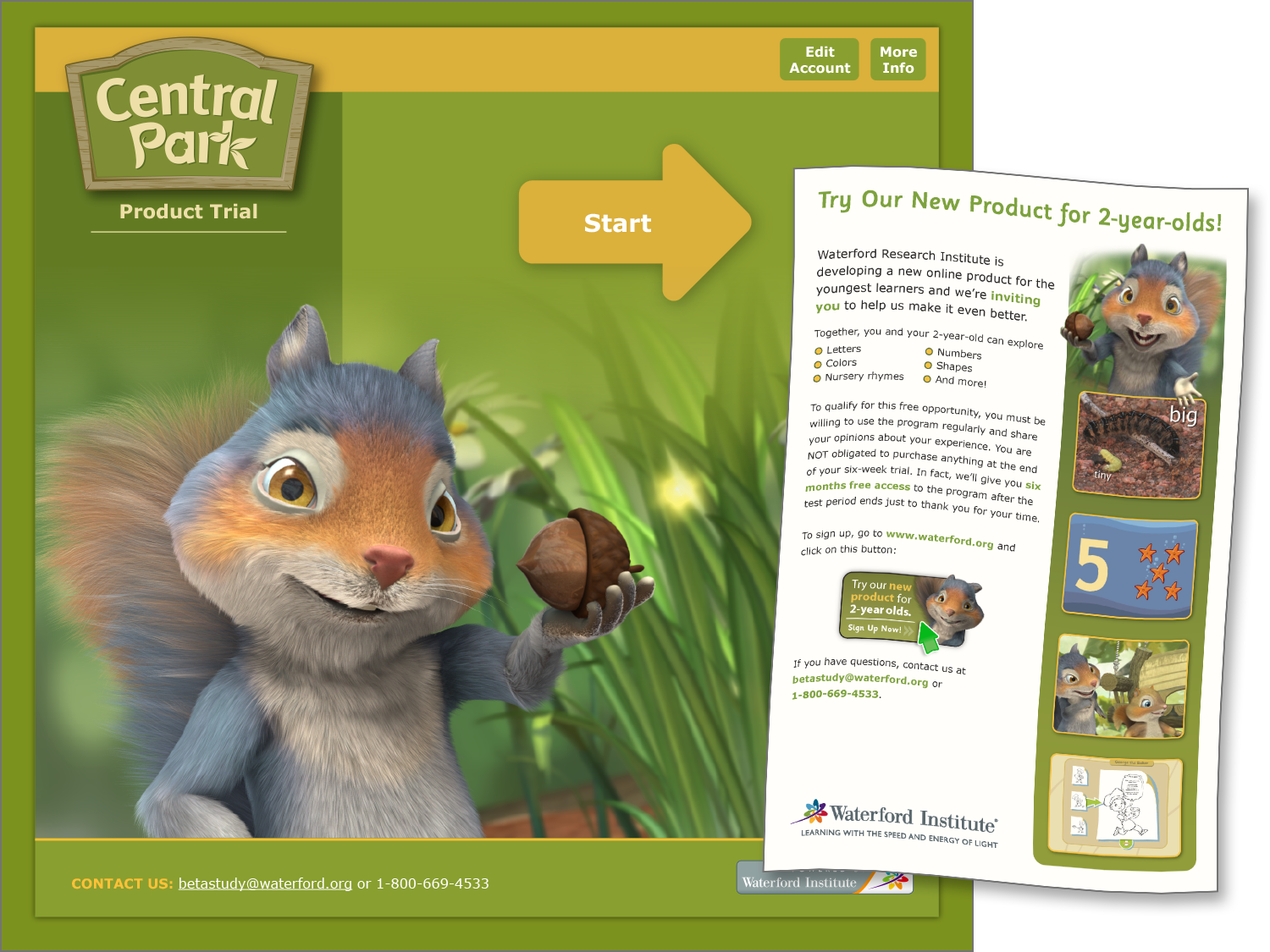
Level 1 (age 2) of the product was beta tested for 6+ months to gather data on UX, design flow, usage, and overall product satisfaction.
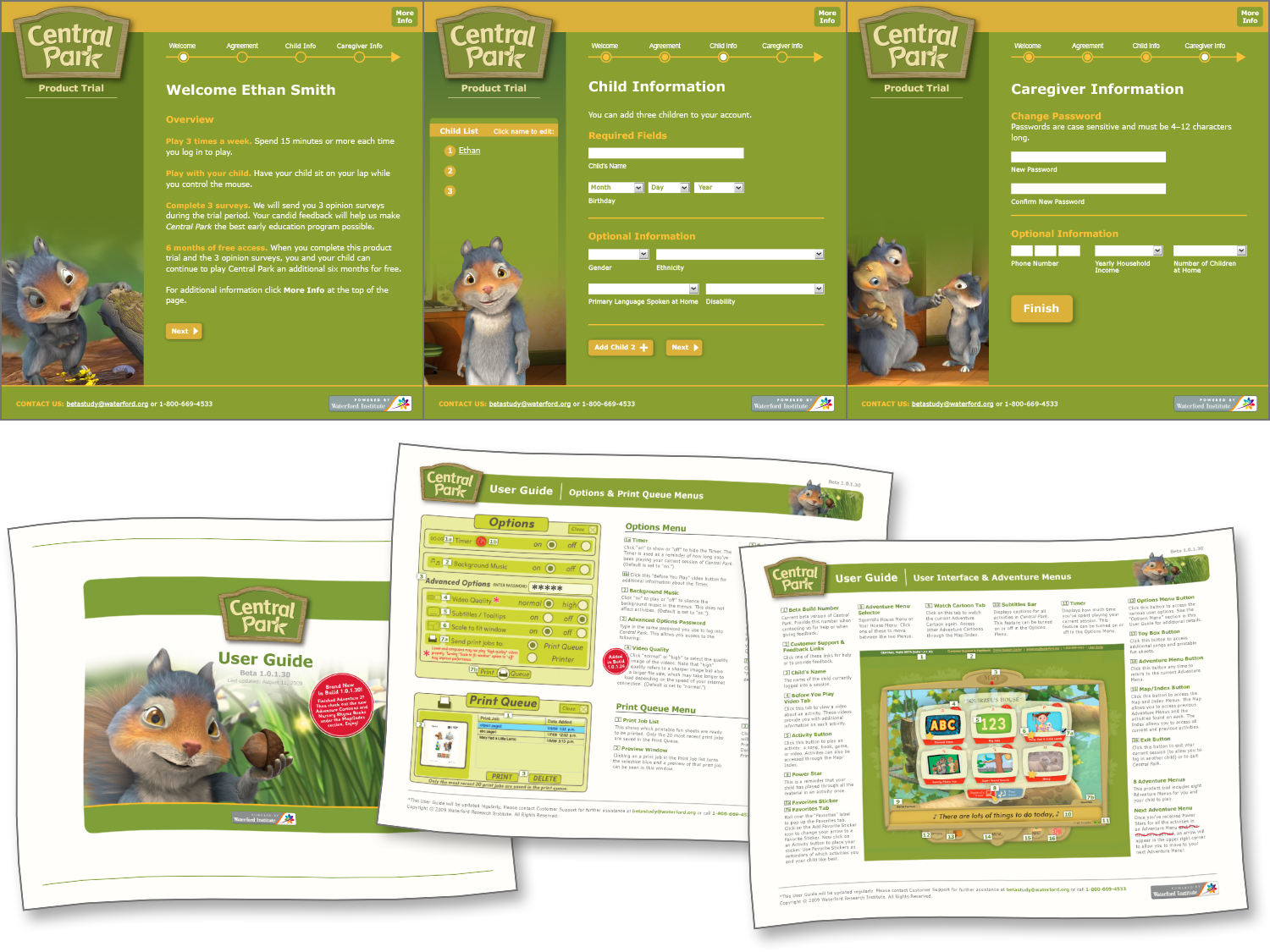
A sample of screens developed for the beta test and pages from the User Guide. The feedback collected was overwhelmingly positive.
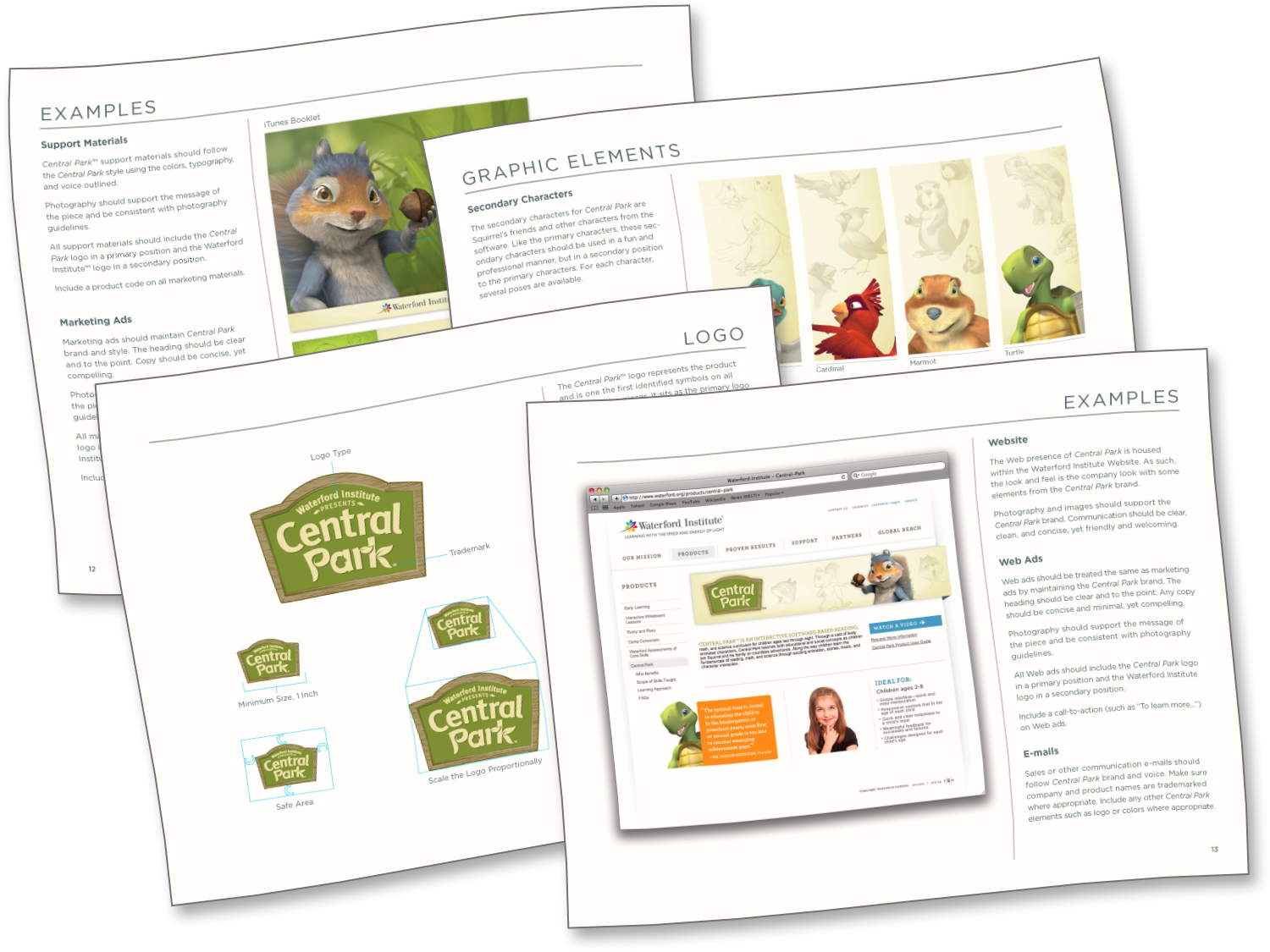
Several pages from the Marketing Style Guide, which defines logo usage, character usage, color palettes, and website design.
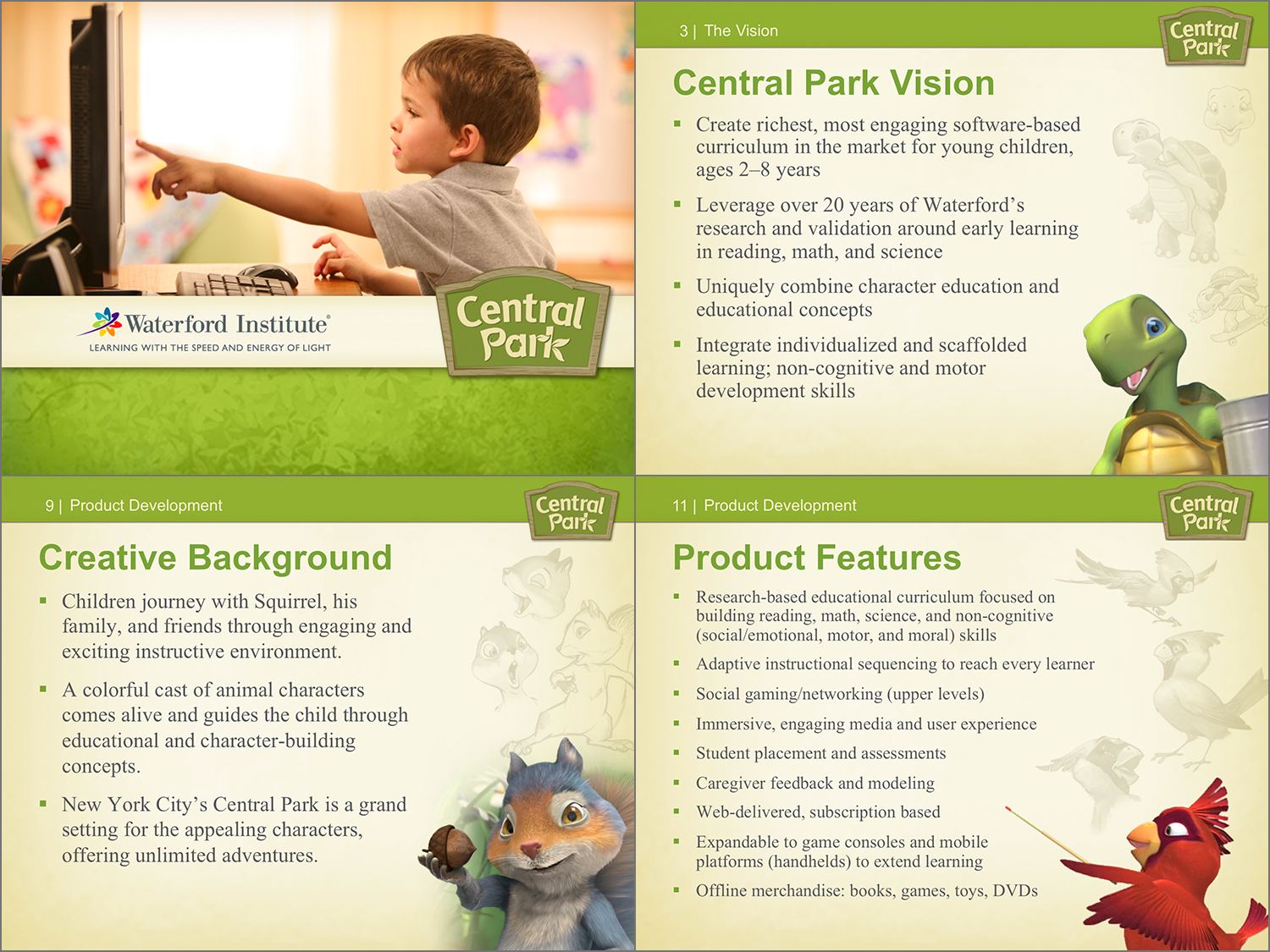
A sample of screens from the Central Park product presentation, which includes the development, features, and vision of the product.
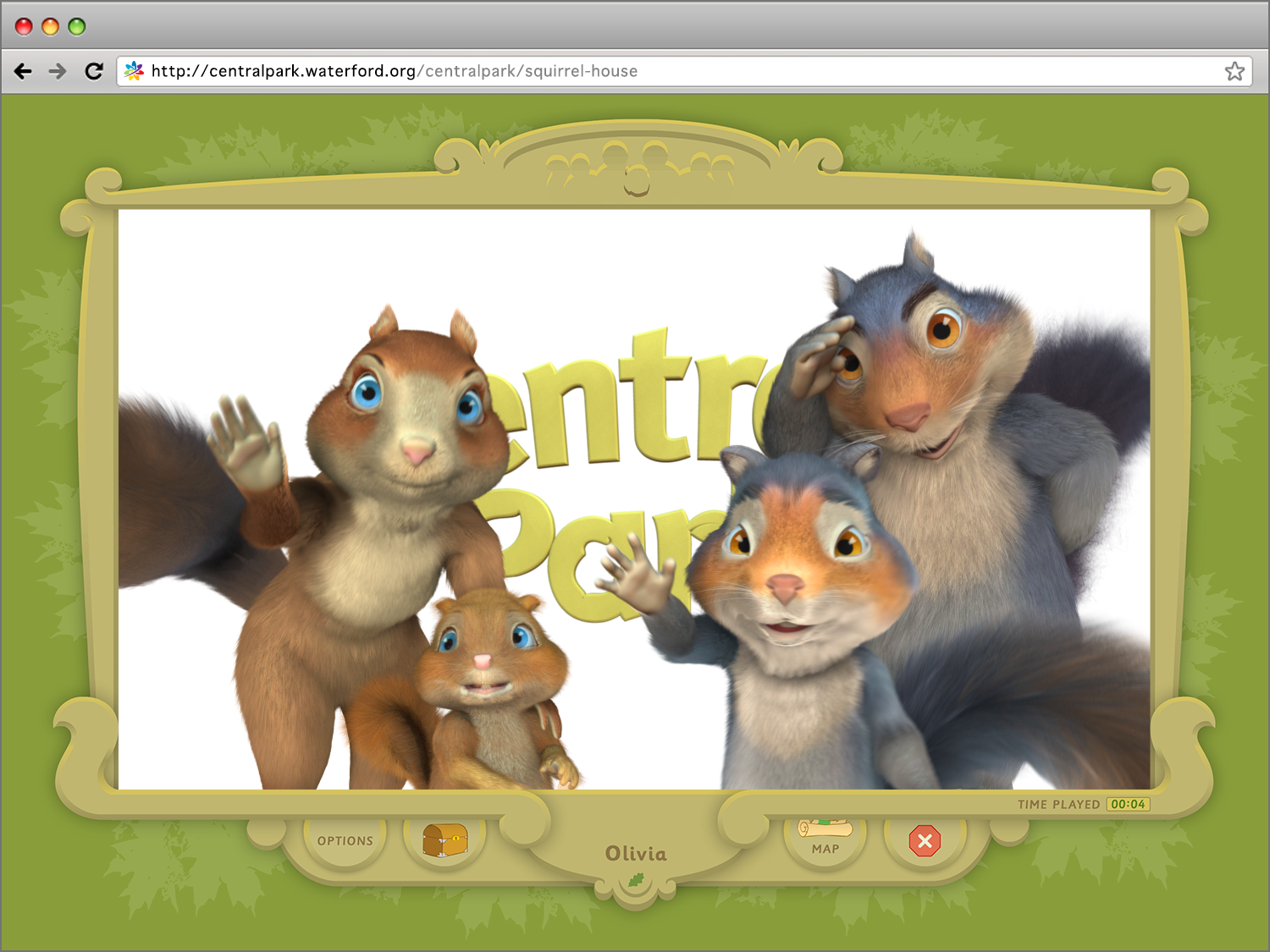
Still from the end-session animation of the product. Each session in Level 1 (age 2) concludes with the family inviting the child to return.
Design + Production Notes
We developed Waterford’s Central Park with a basic premise: the child journeys alongside the host character, Squirrel — and his family and friends — through a rich and engaging world while learning via dynamic games, activities, books, videos, and songs. As an adaptive program with in-game assessments, each child would learn at their own pace.
Eleven primary characters and six sets were designed and fully realized in 3D. These characters and sets are the focus of the first two levels of the product — meant for 2- and 3-year-olds — with additional secondary characters and sets introduced in subsequent levels. Each secondary character plays a role in further modeling different social skills and other aspects of character development.
For look and feel, we developed both 3D and vector art styles. The 3D art style of the characters and environments is in contrast to the 2D art style of the activities, allowing a child to enter a 3D world inhabited by his new friends to spend time engaging with games rendered in 2D.
In addition to the online activities, the offline component includes printed books, printable worksheets and activities, and branded educational manipulatives (letter refrigerator magnets, for example). Mobile apps are also designed to support the online component.
The product had a successful beta testing trial of its first level and a portion of the second level has been completed.










All media © Waterford Institute.
